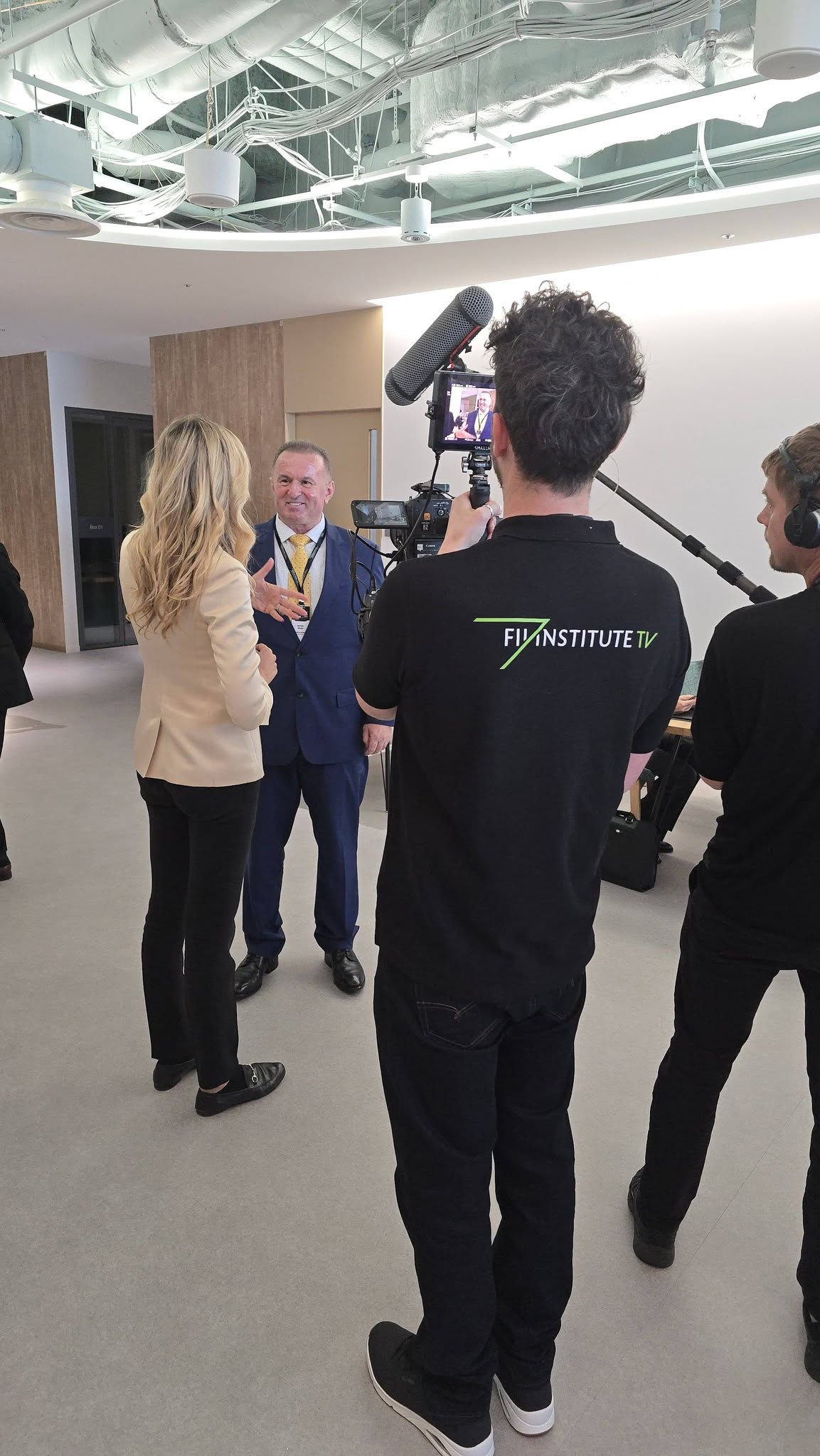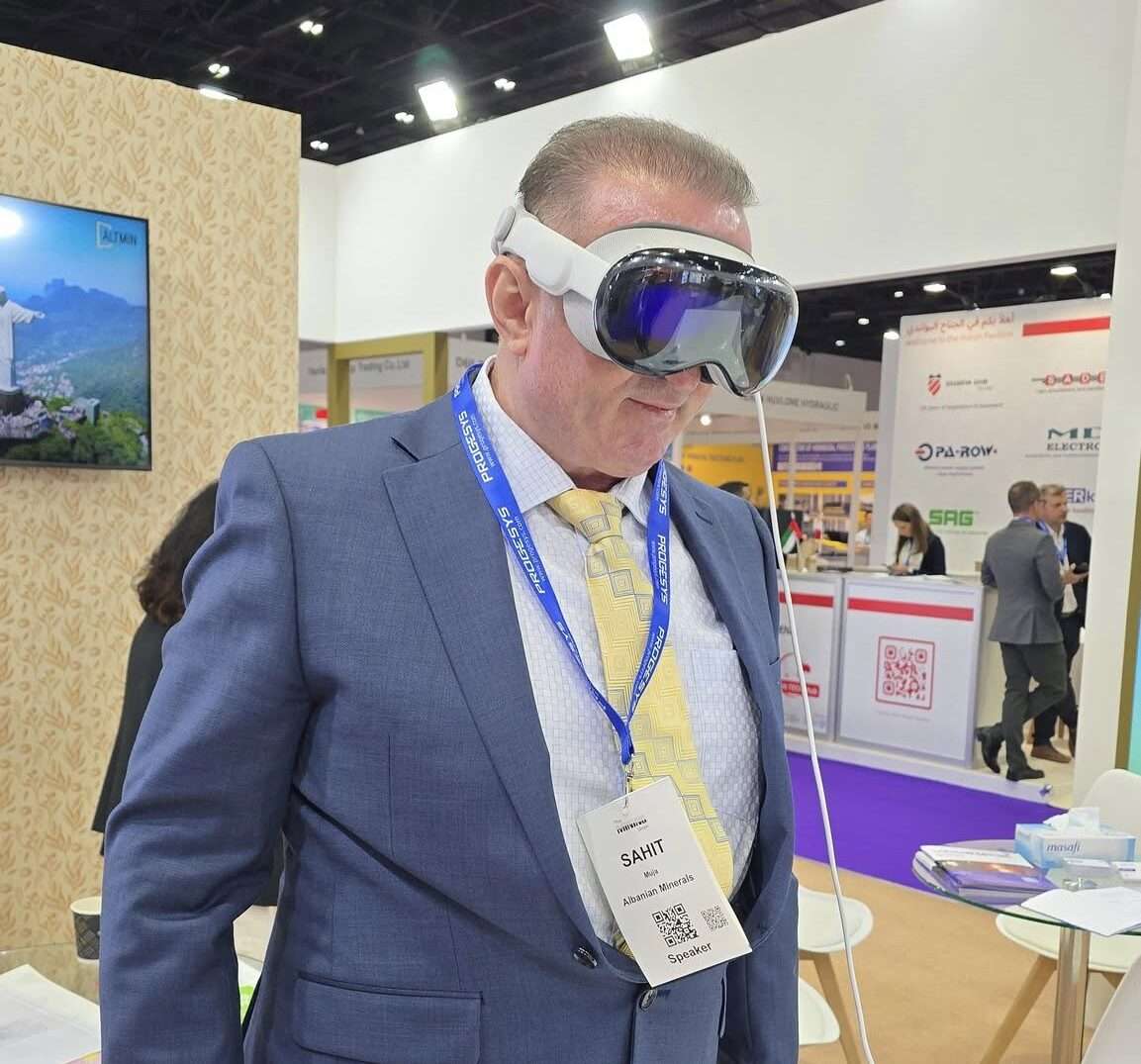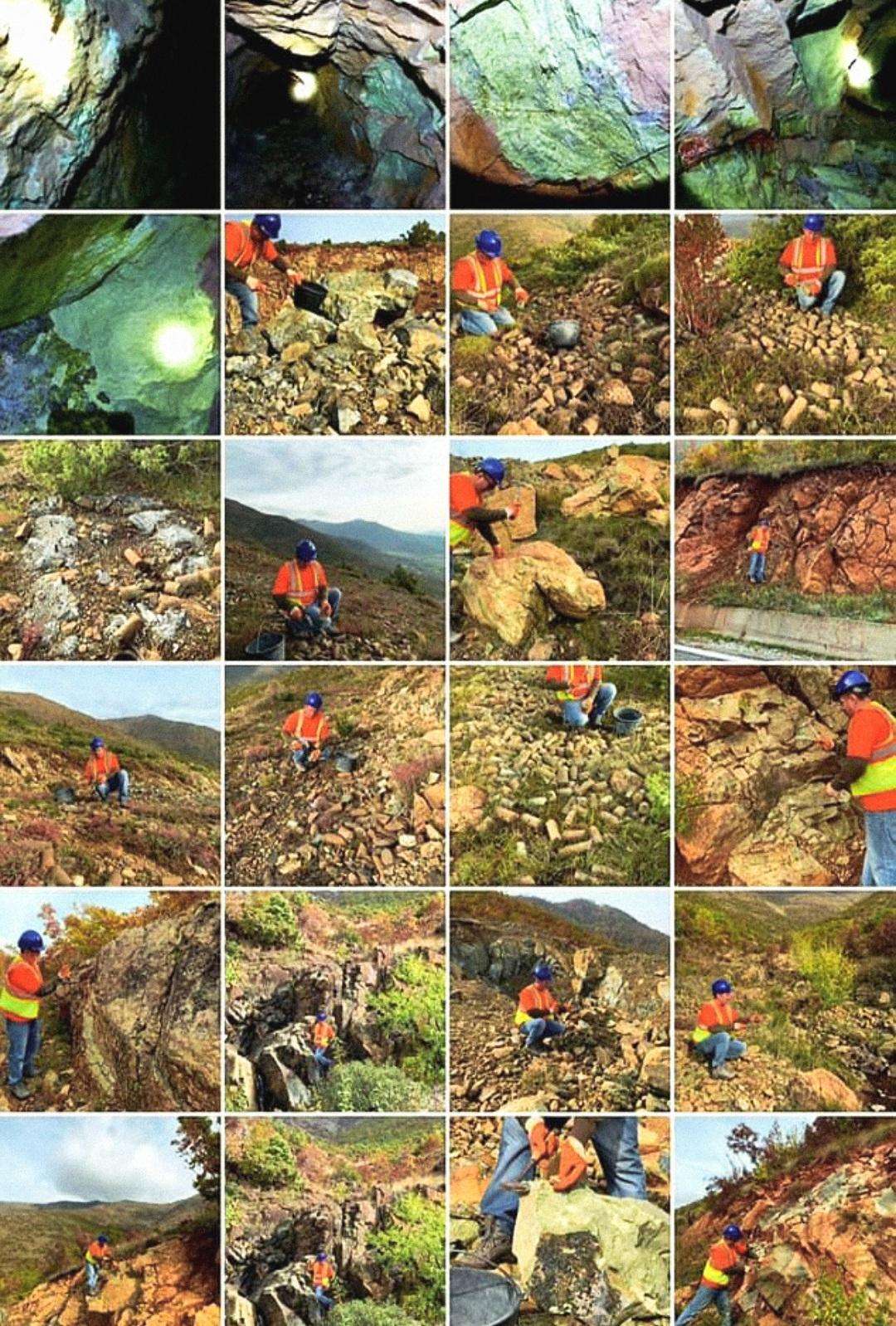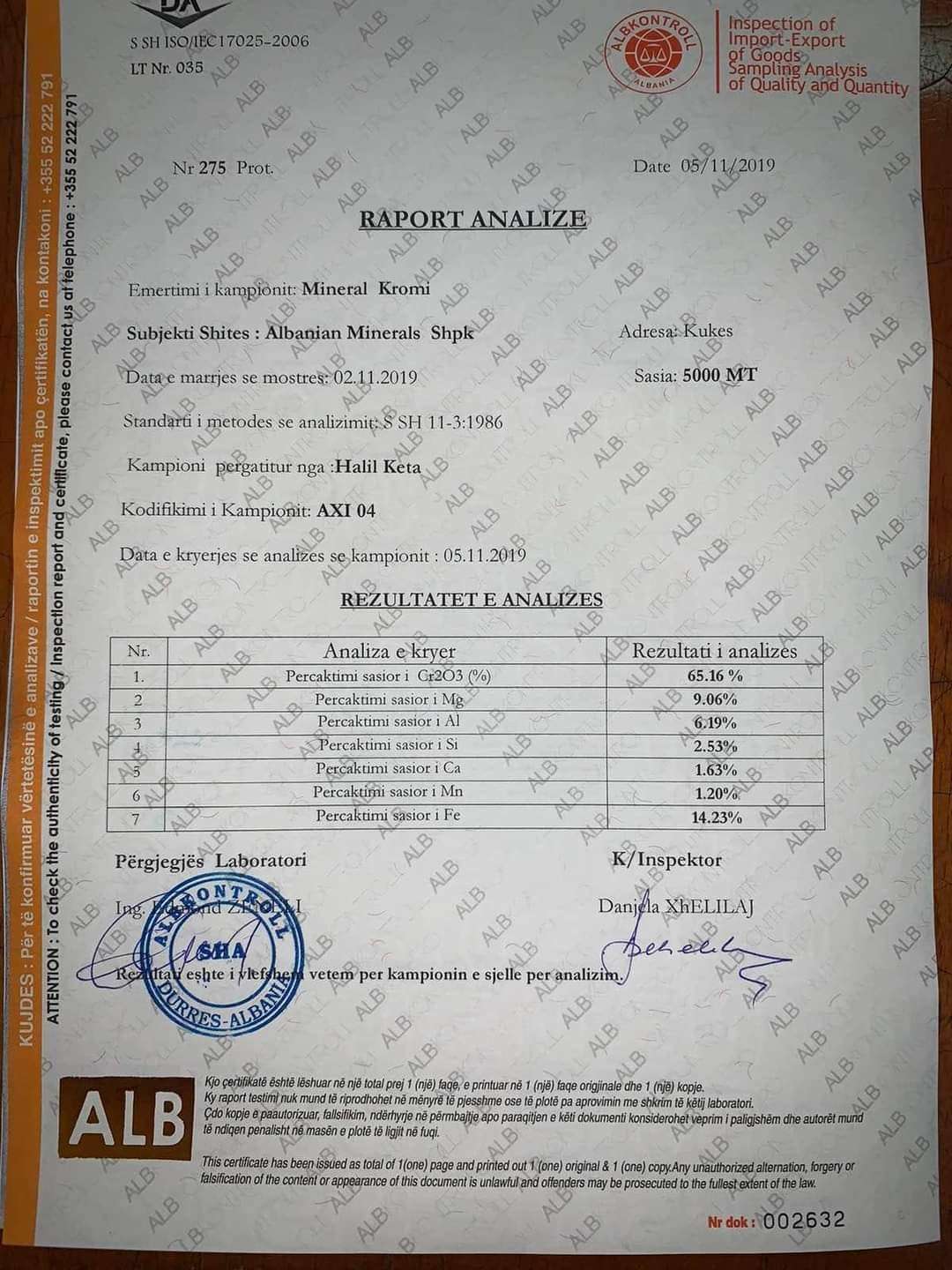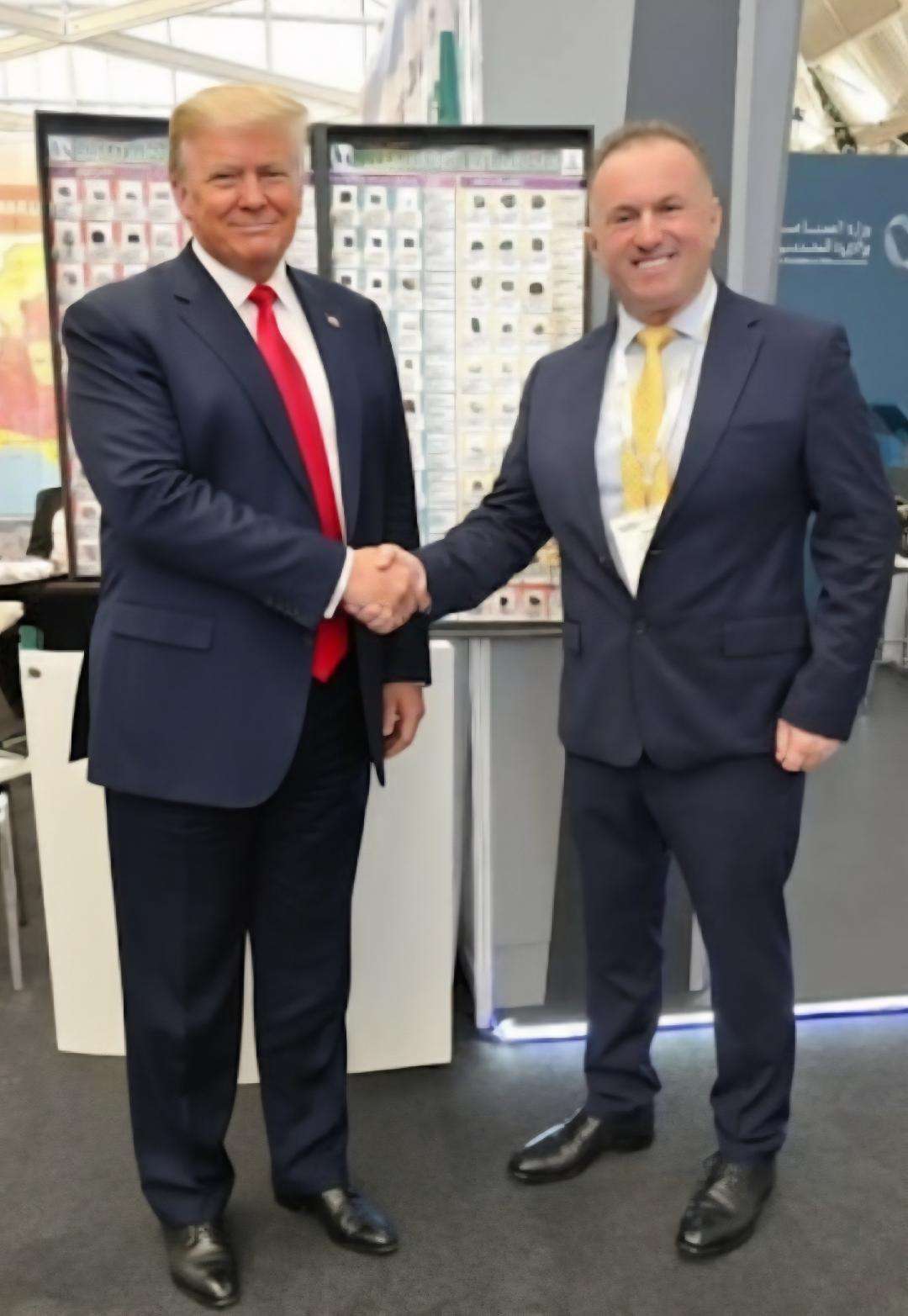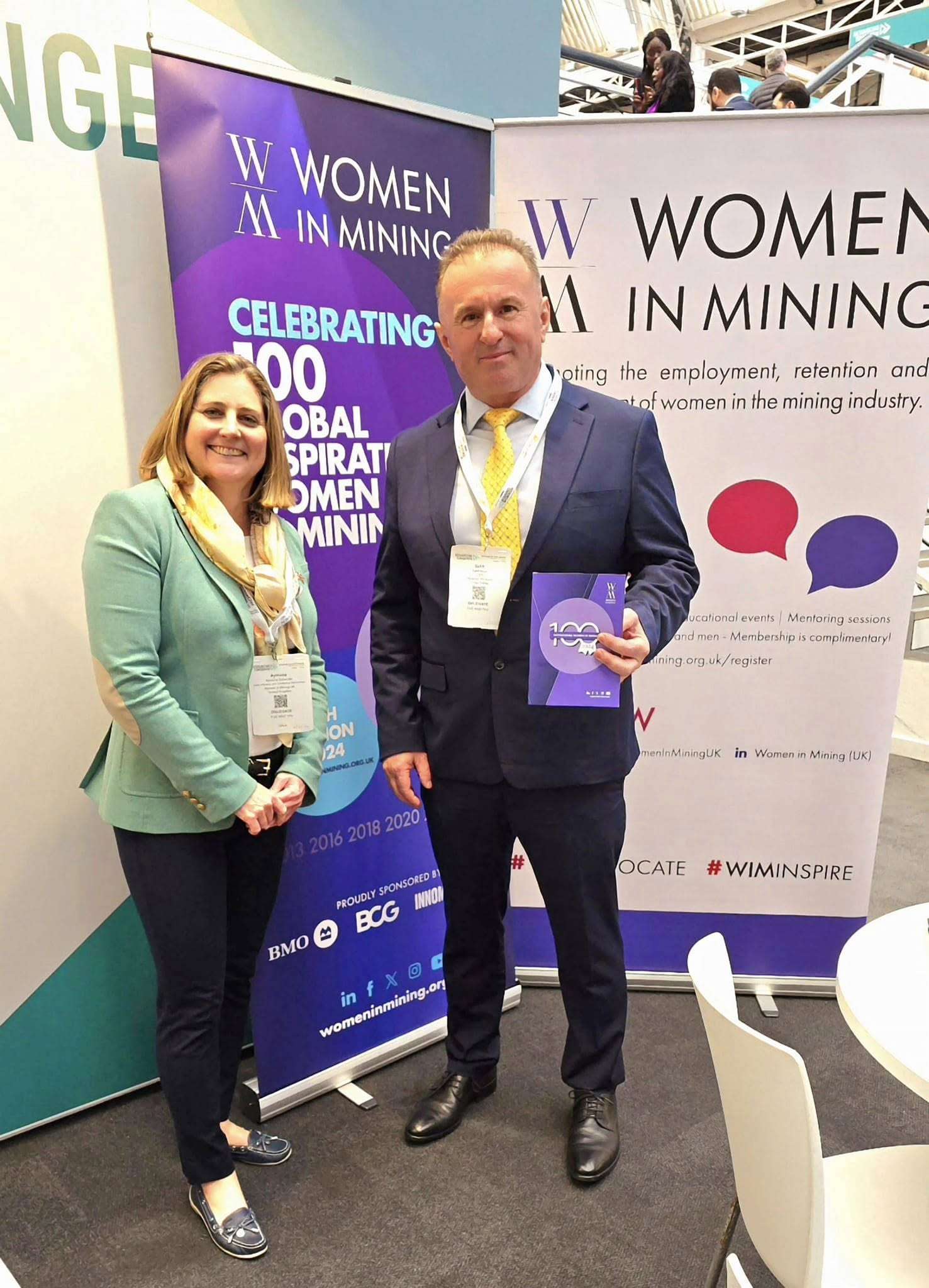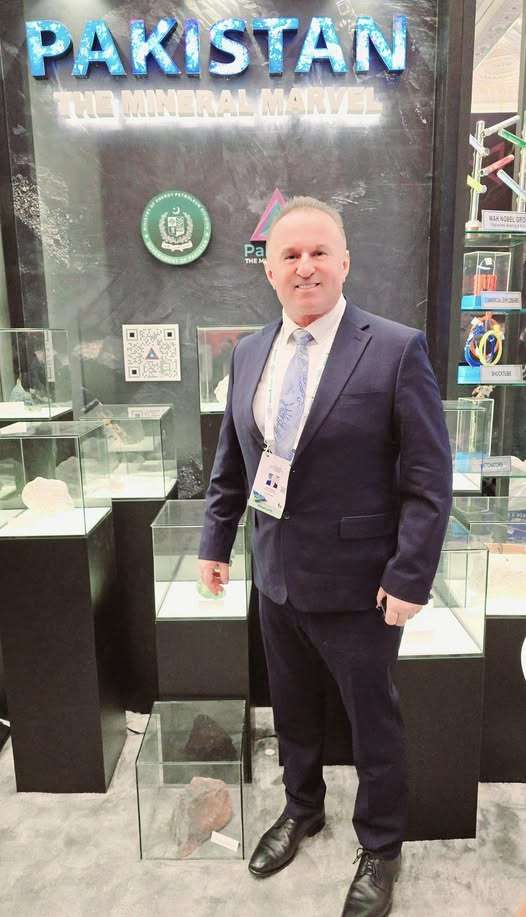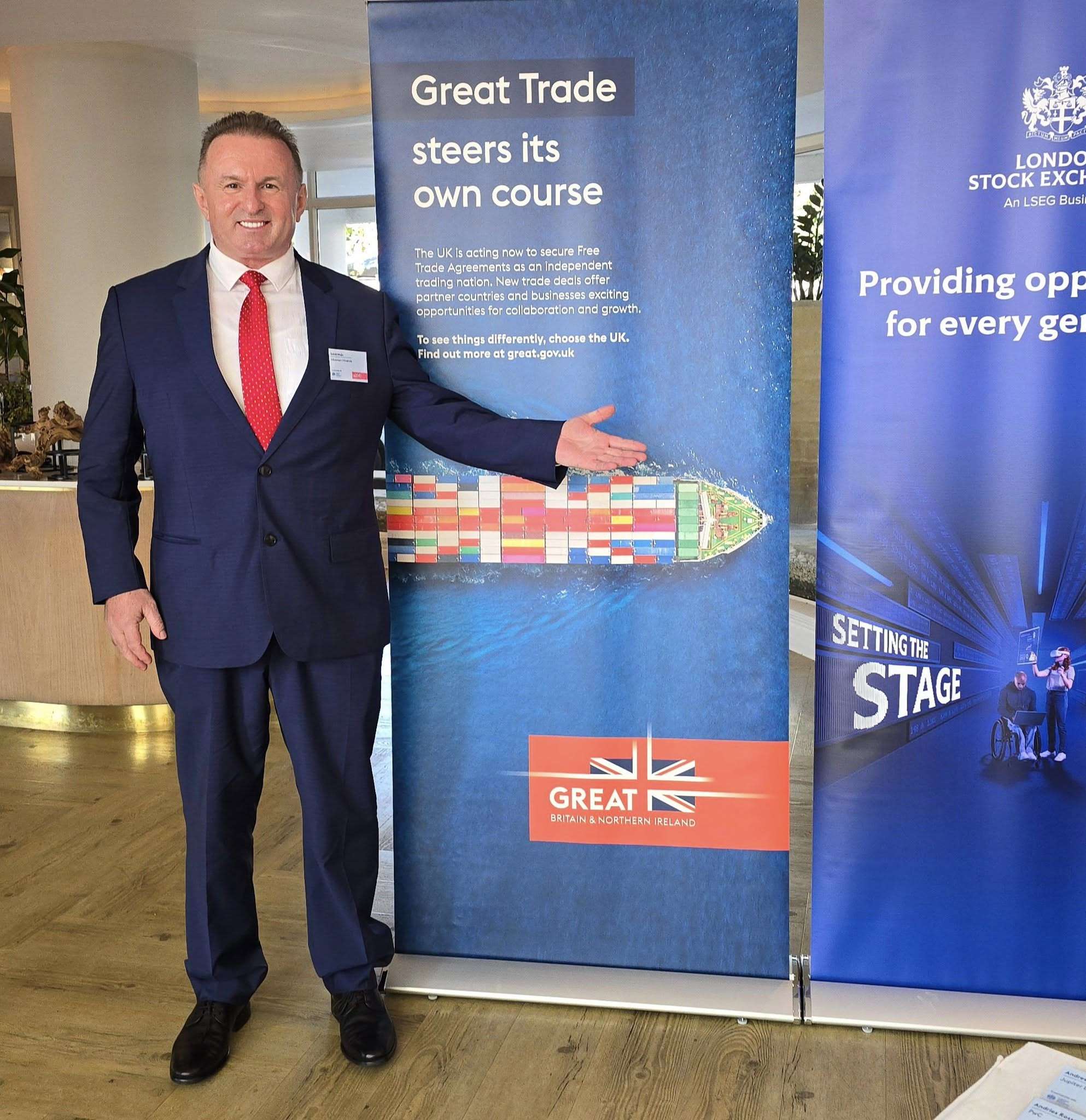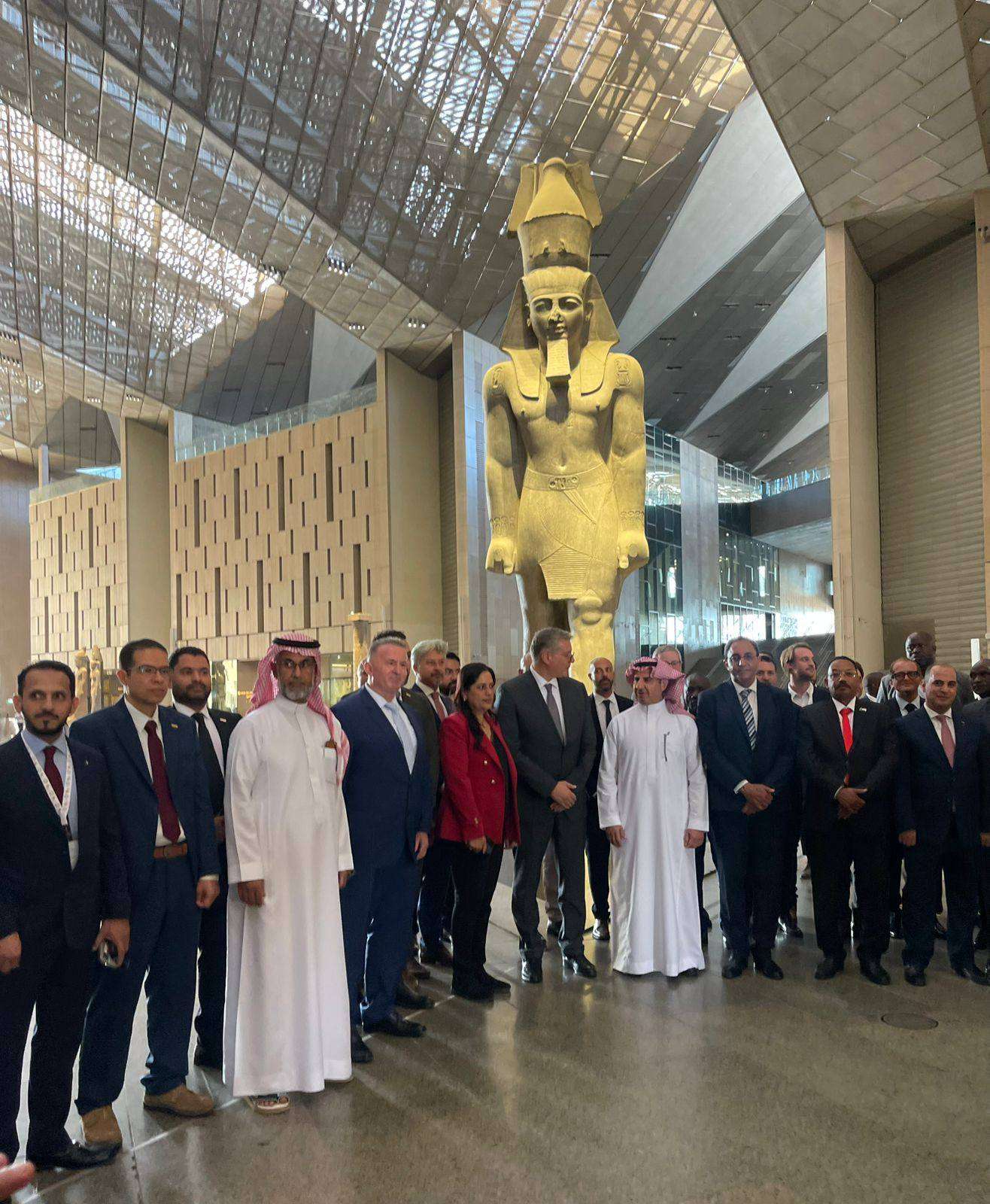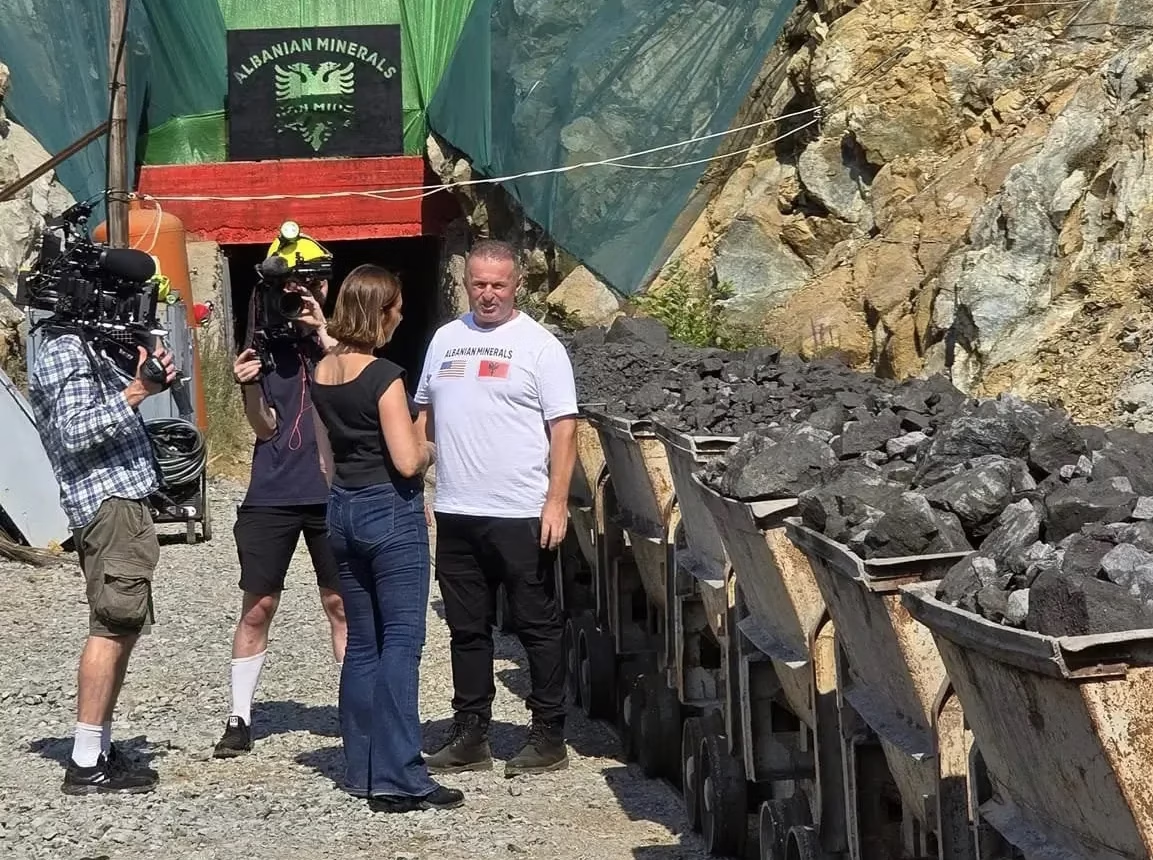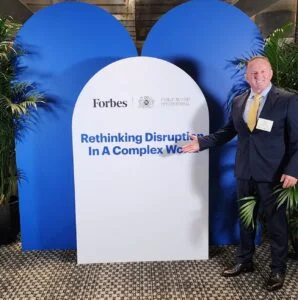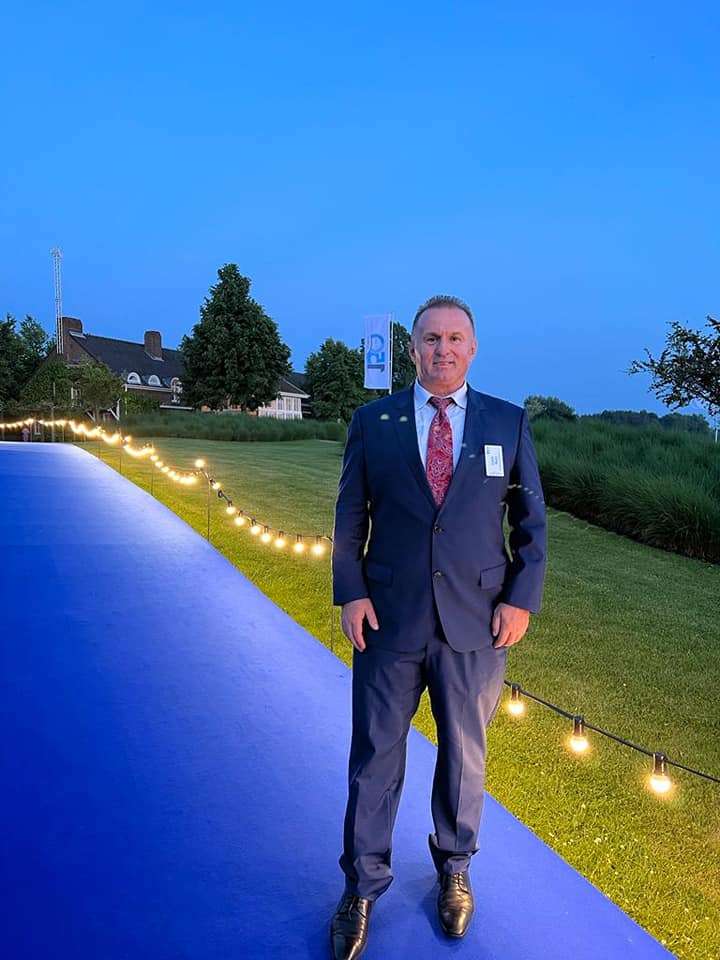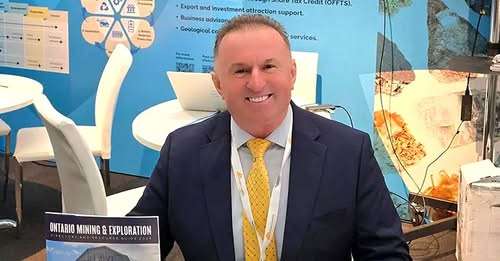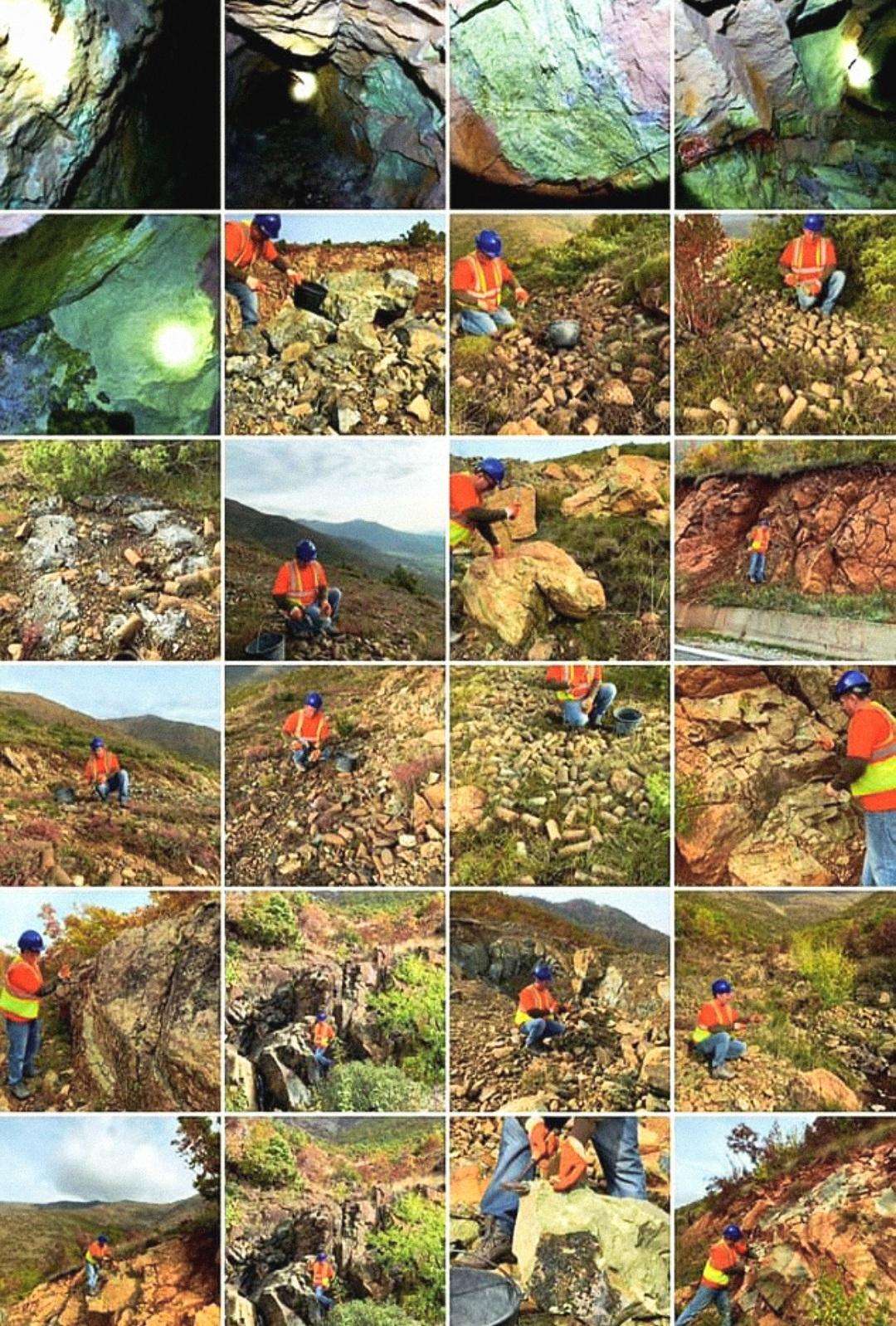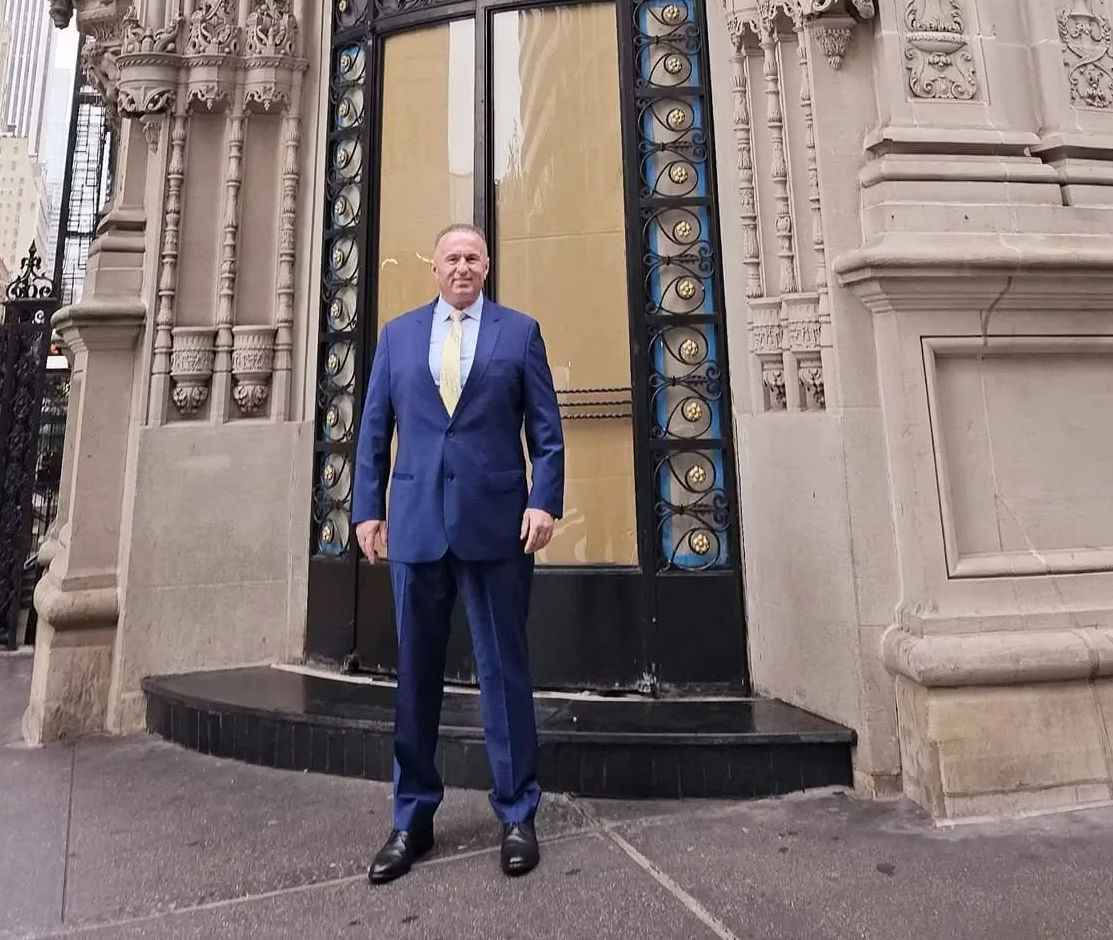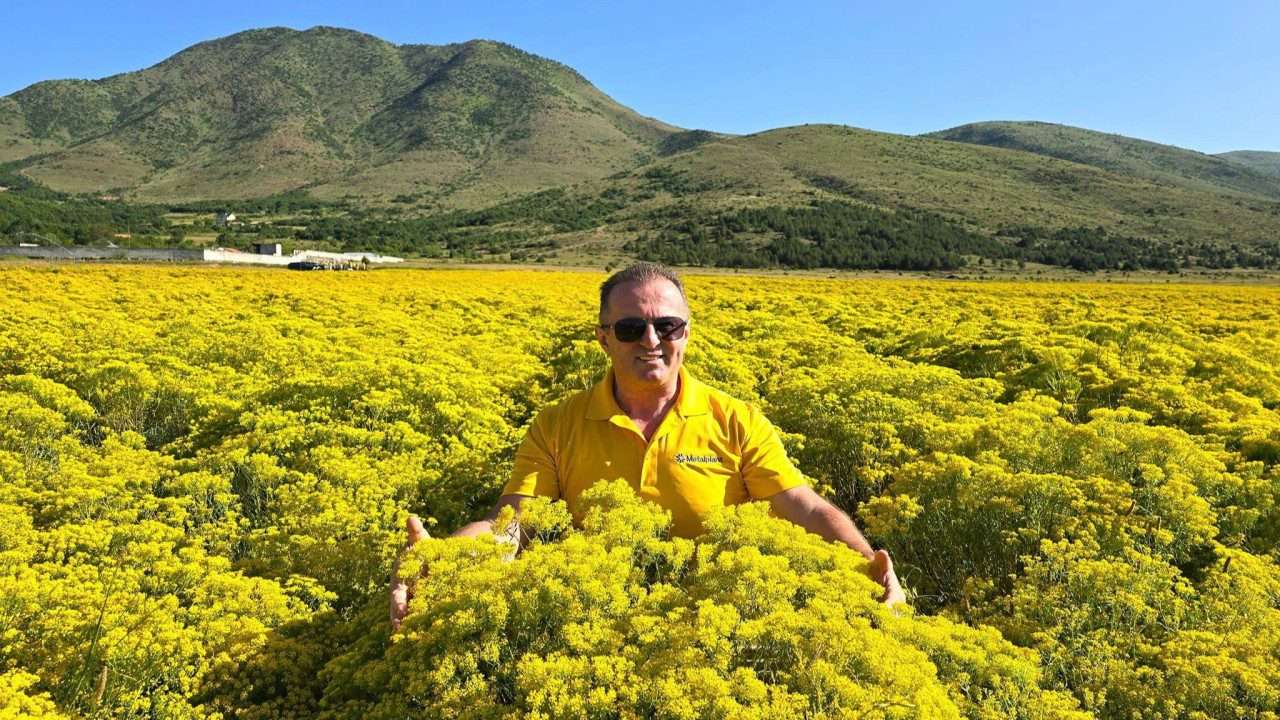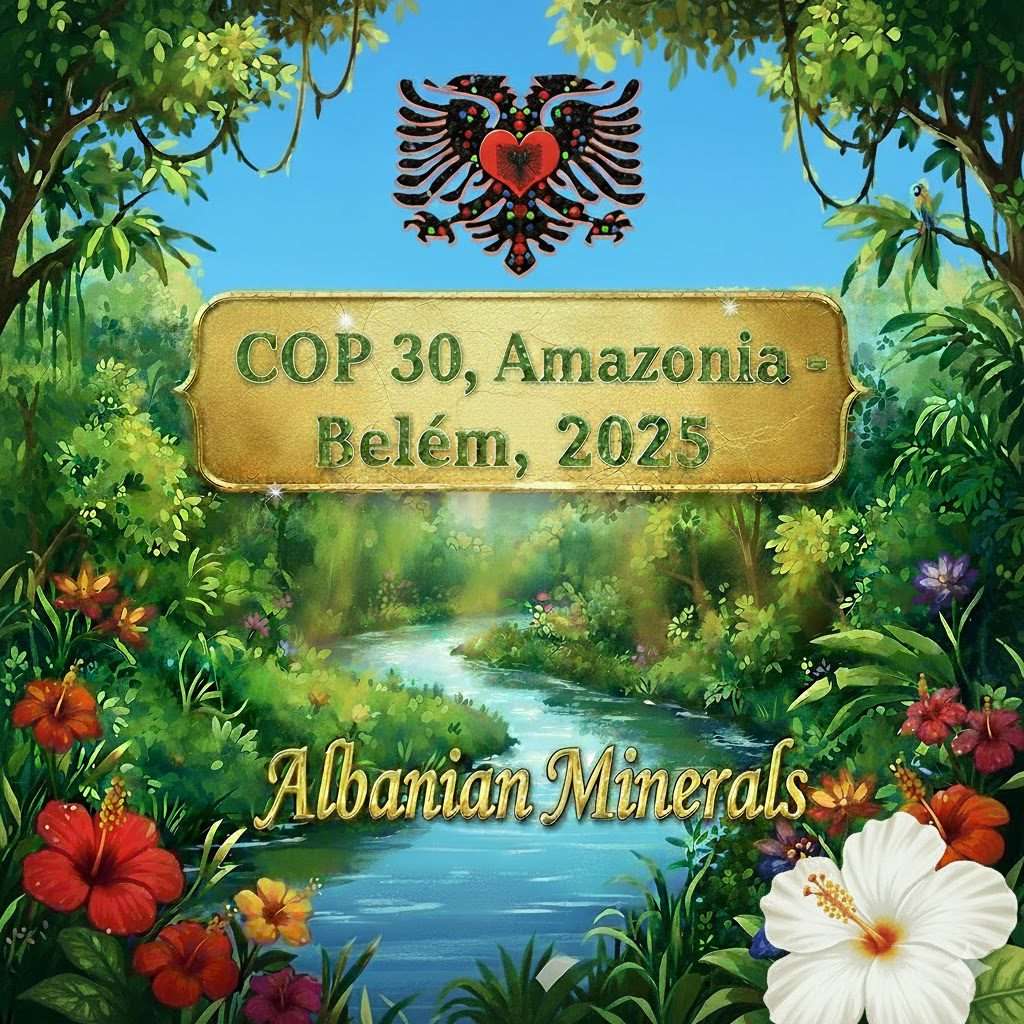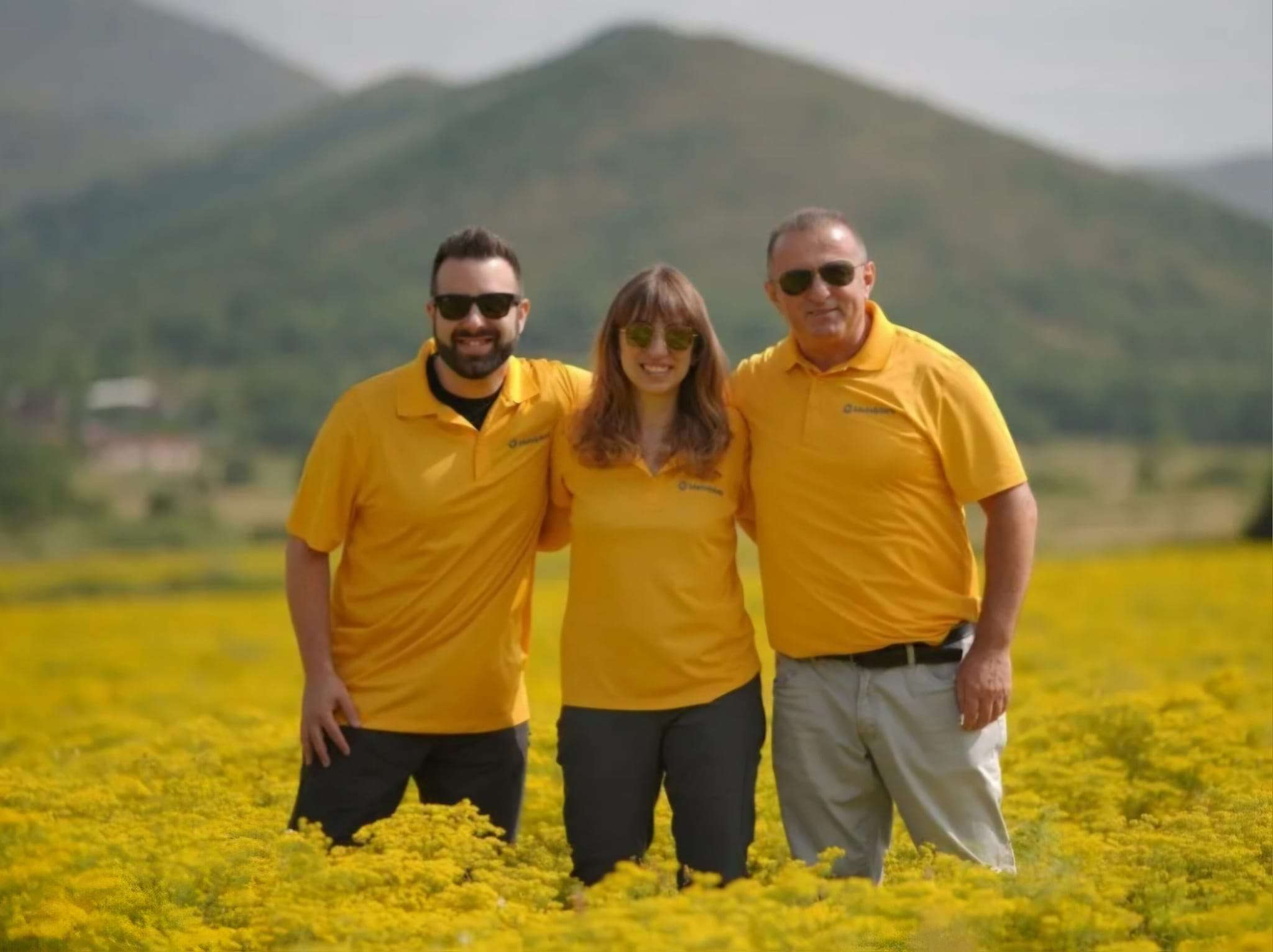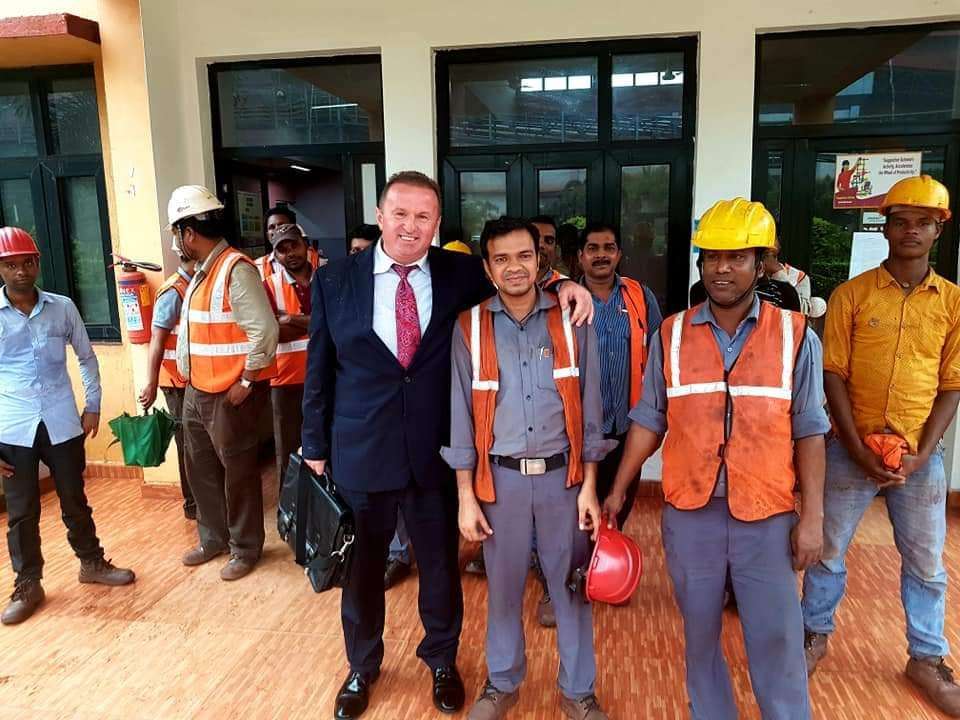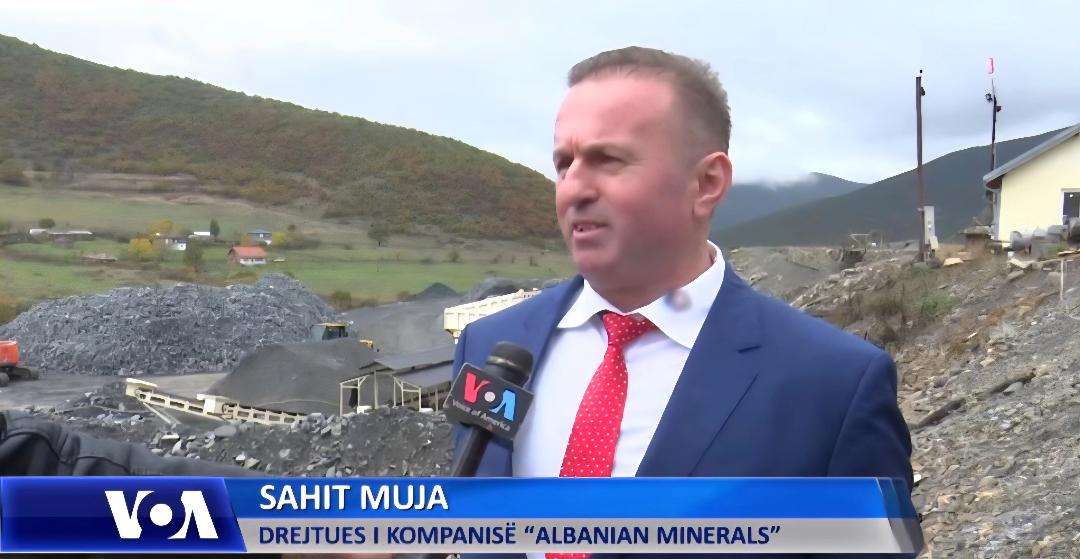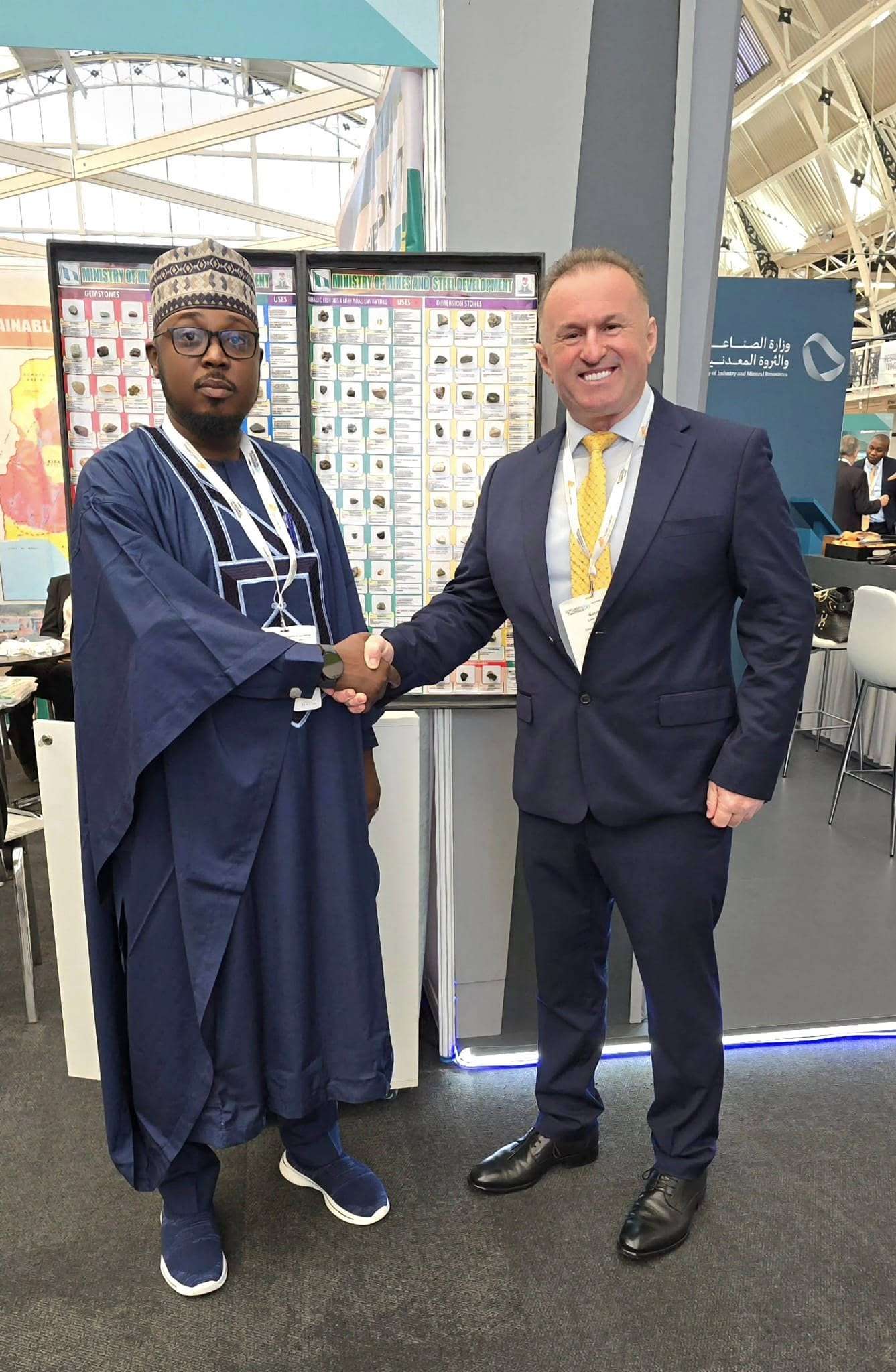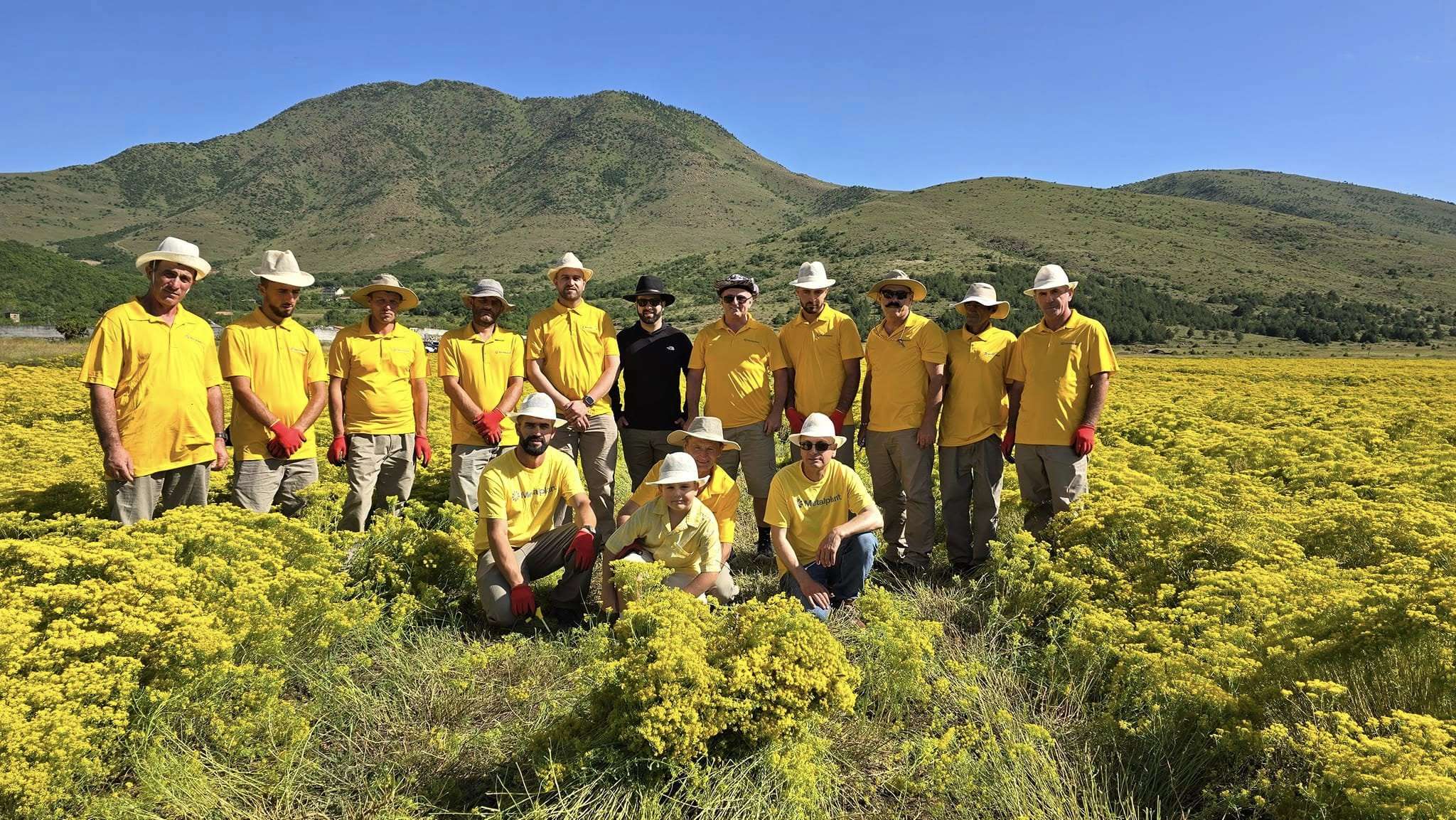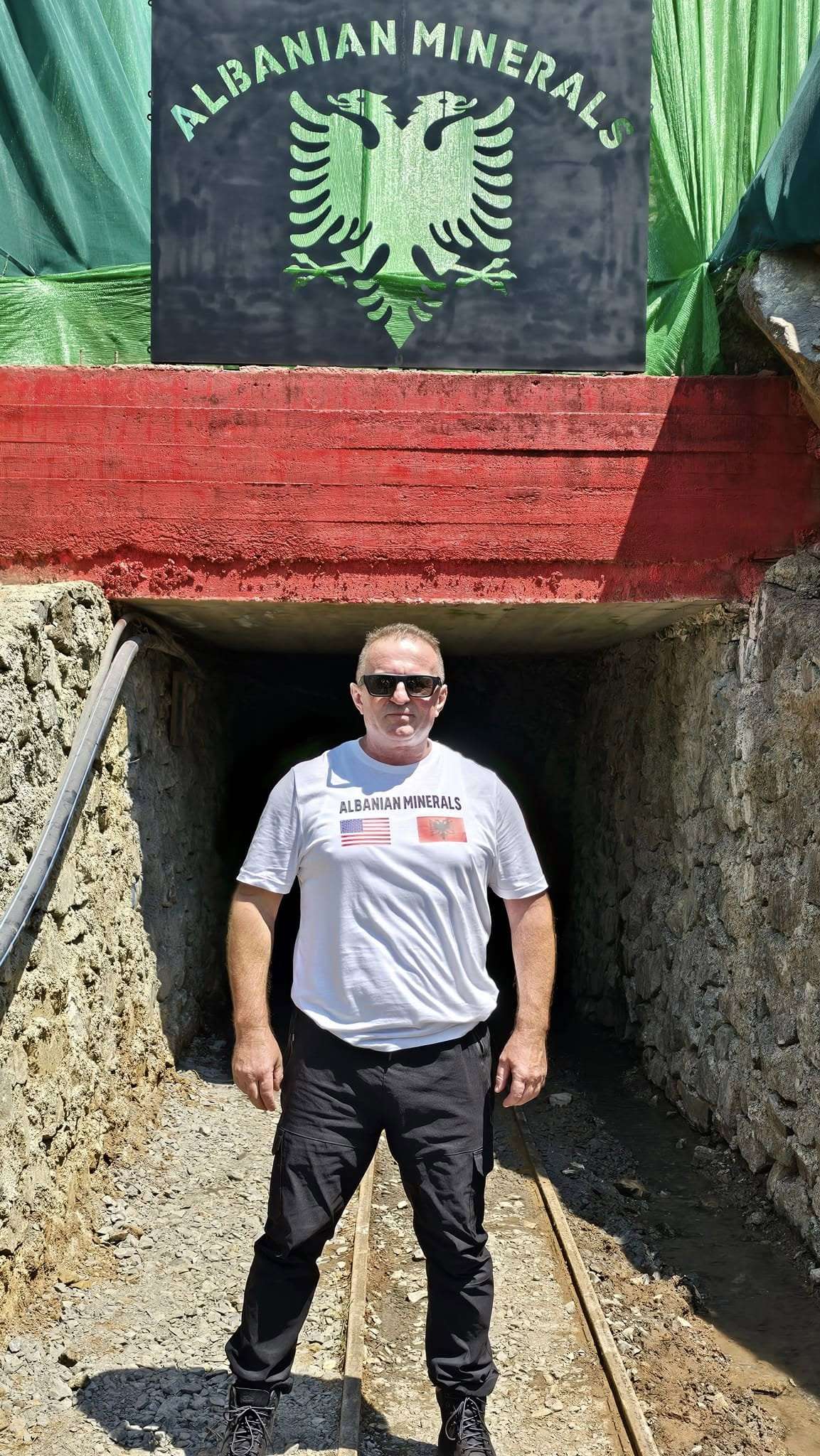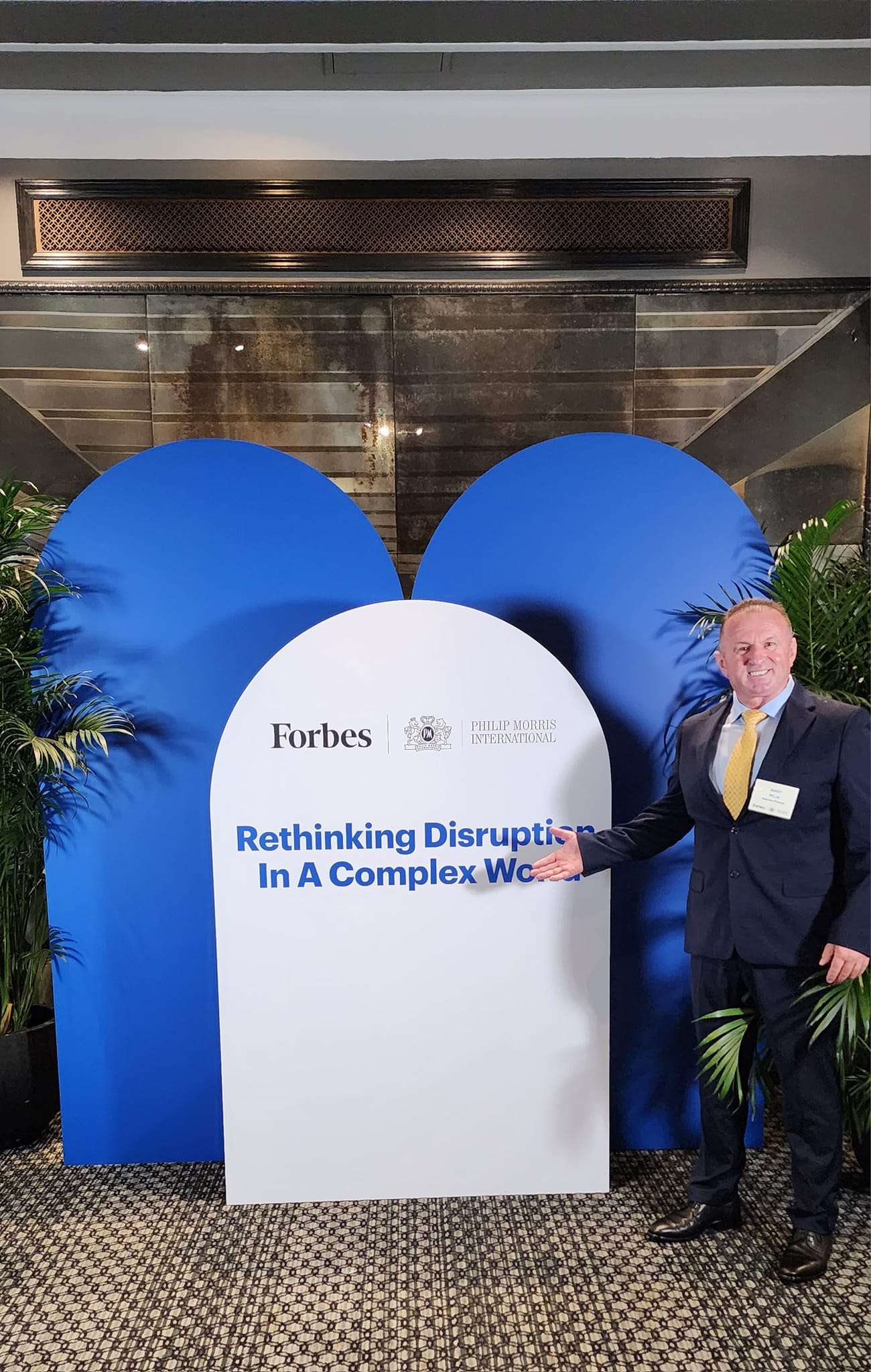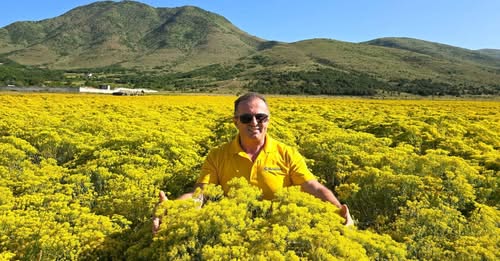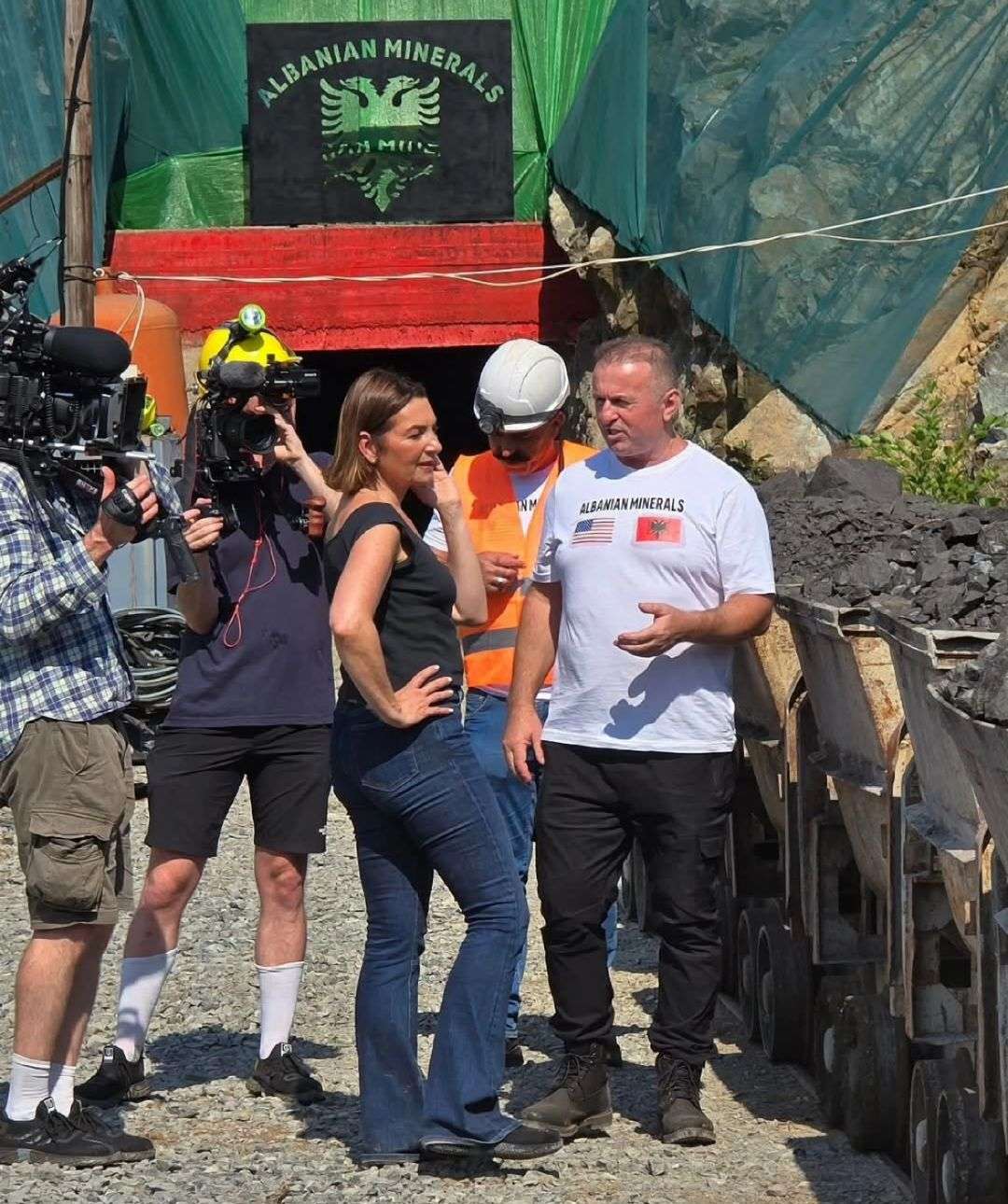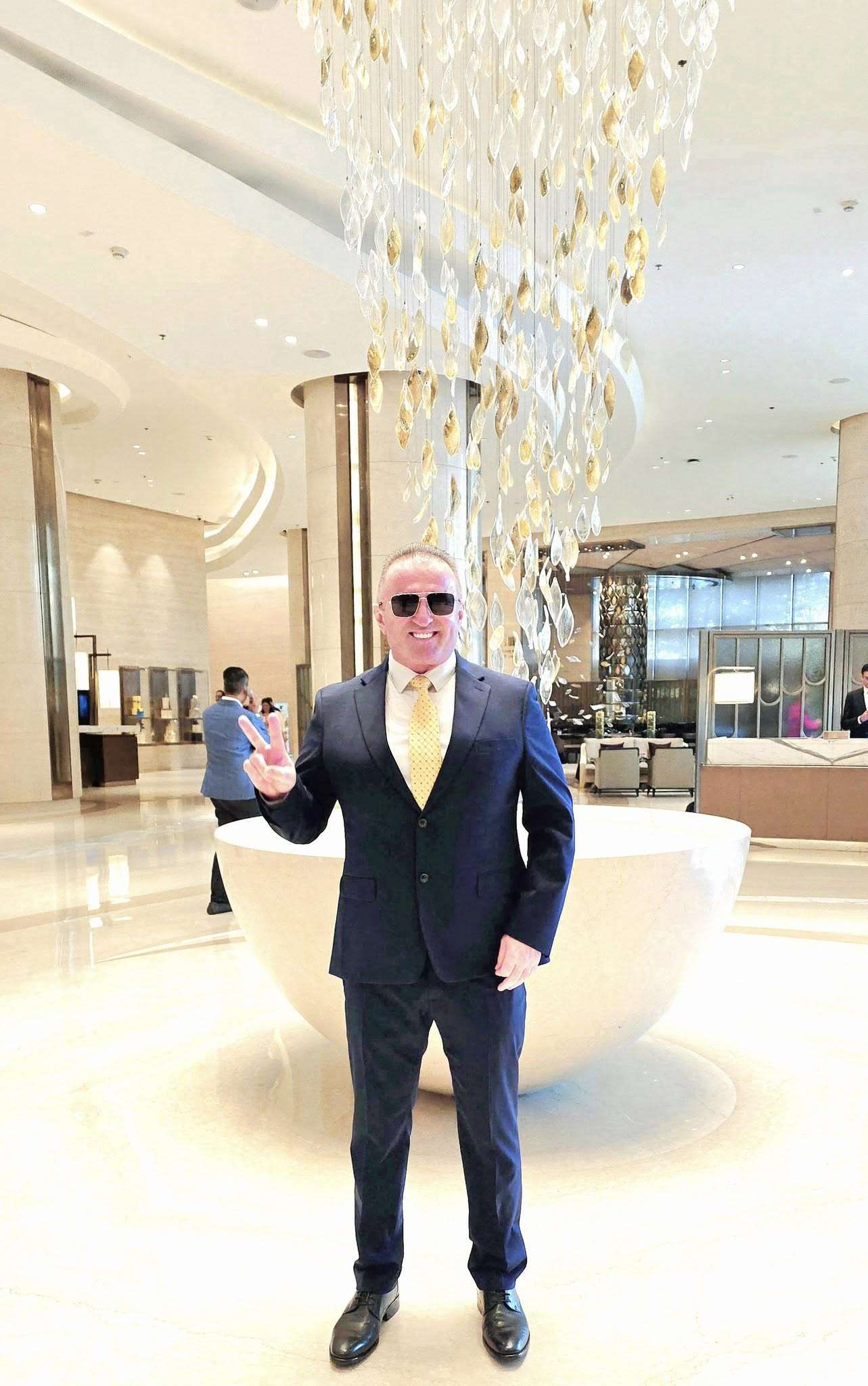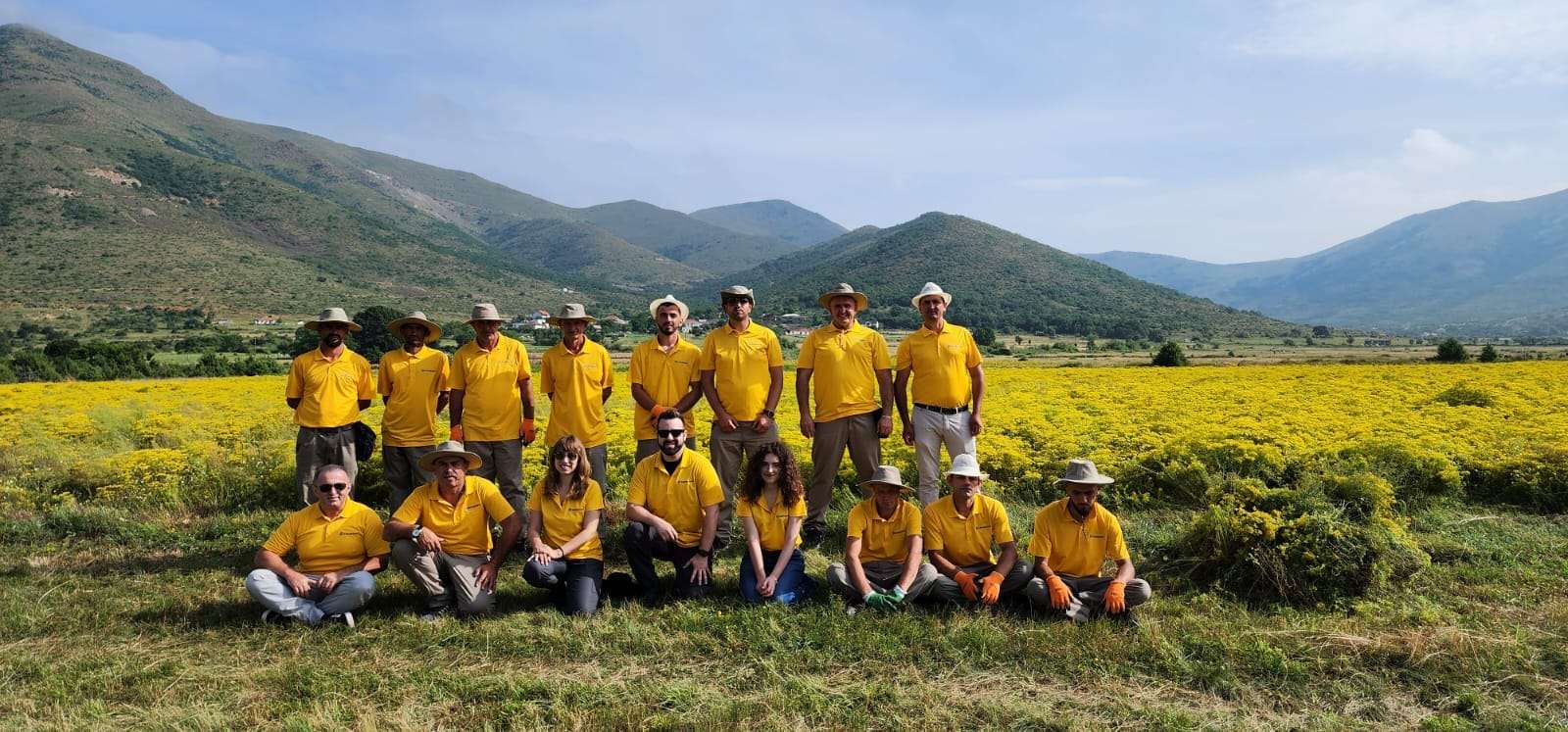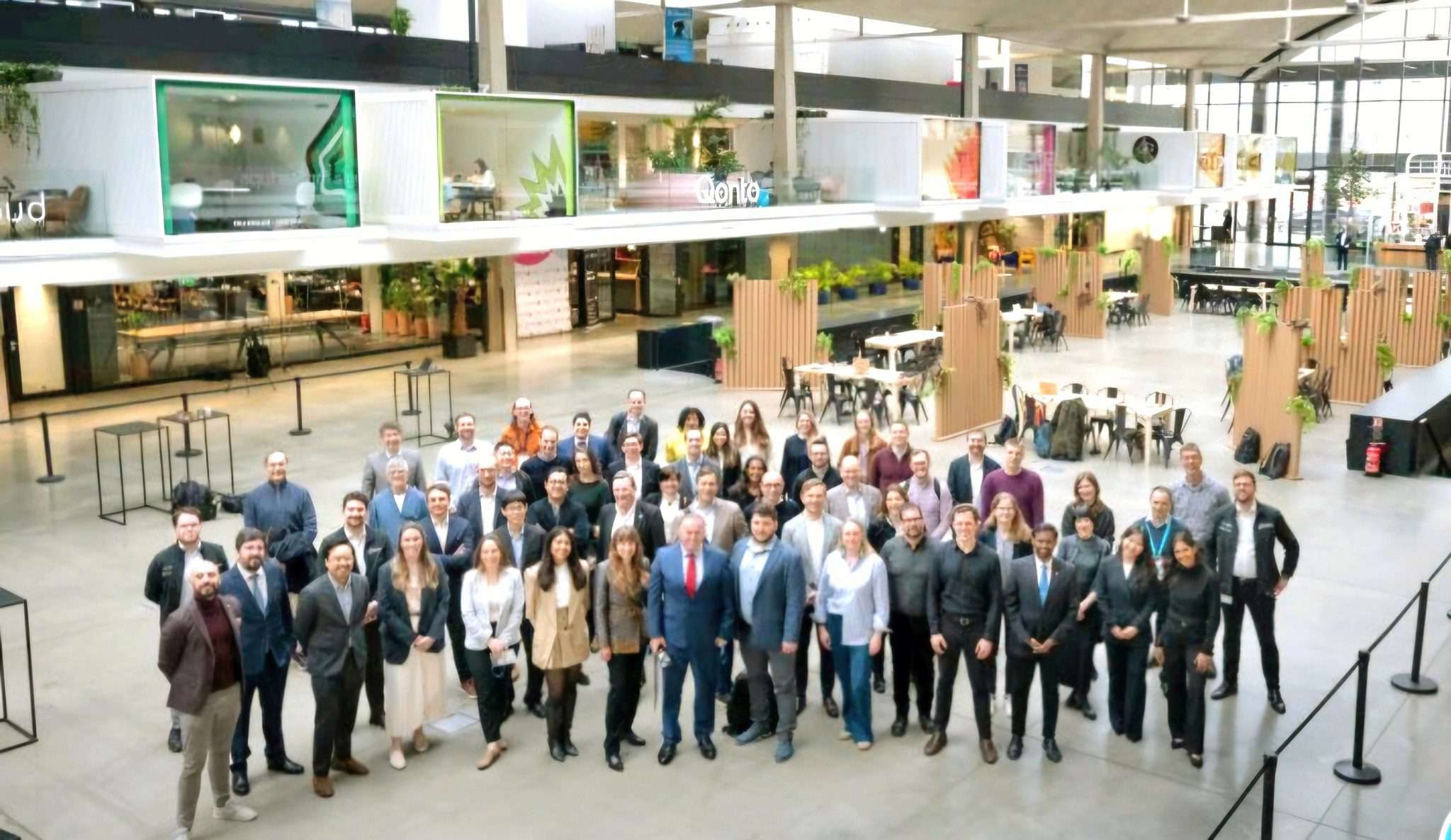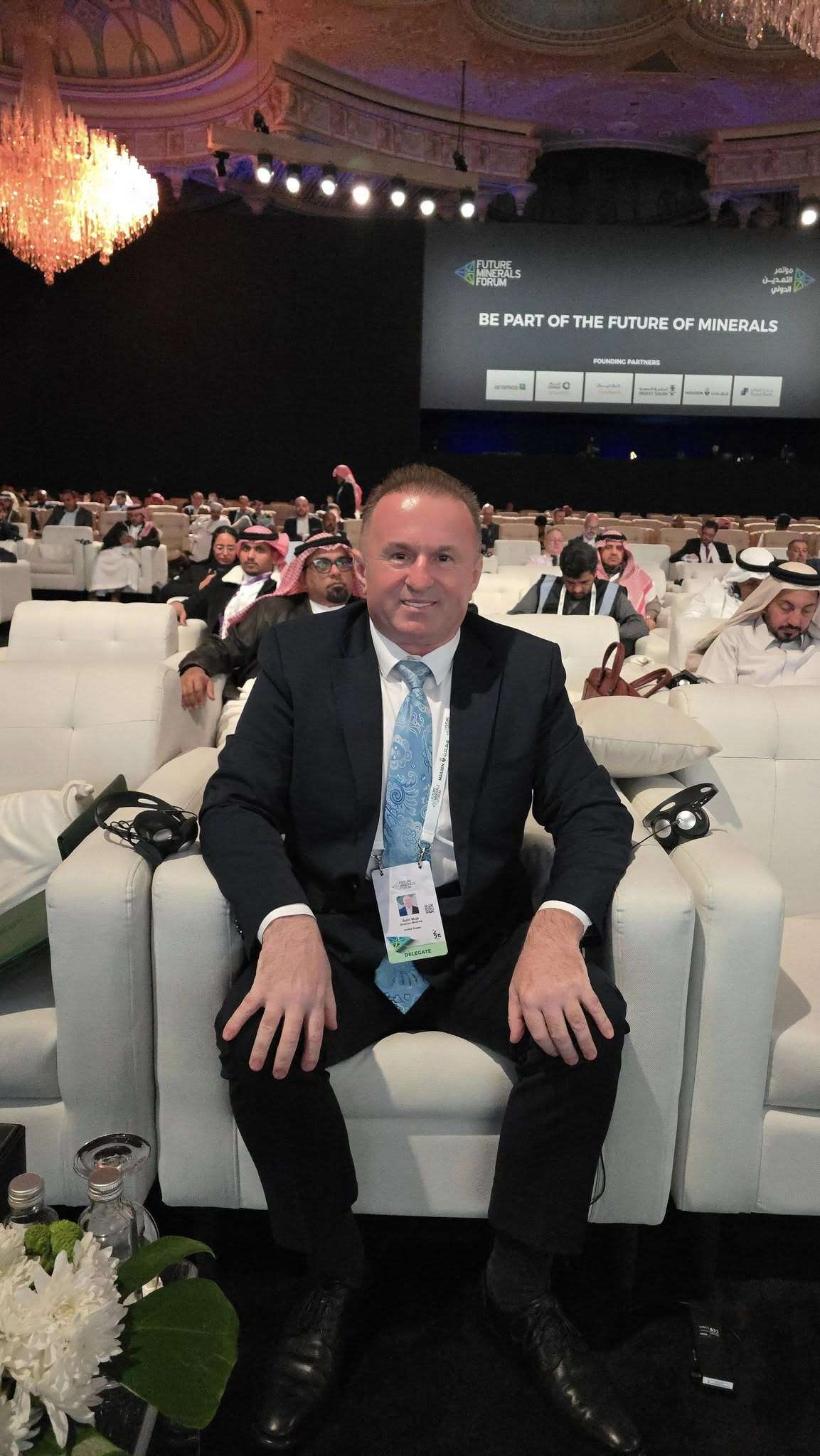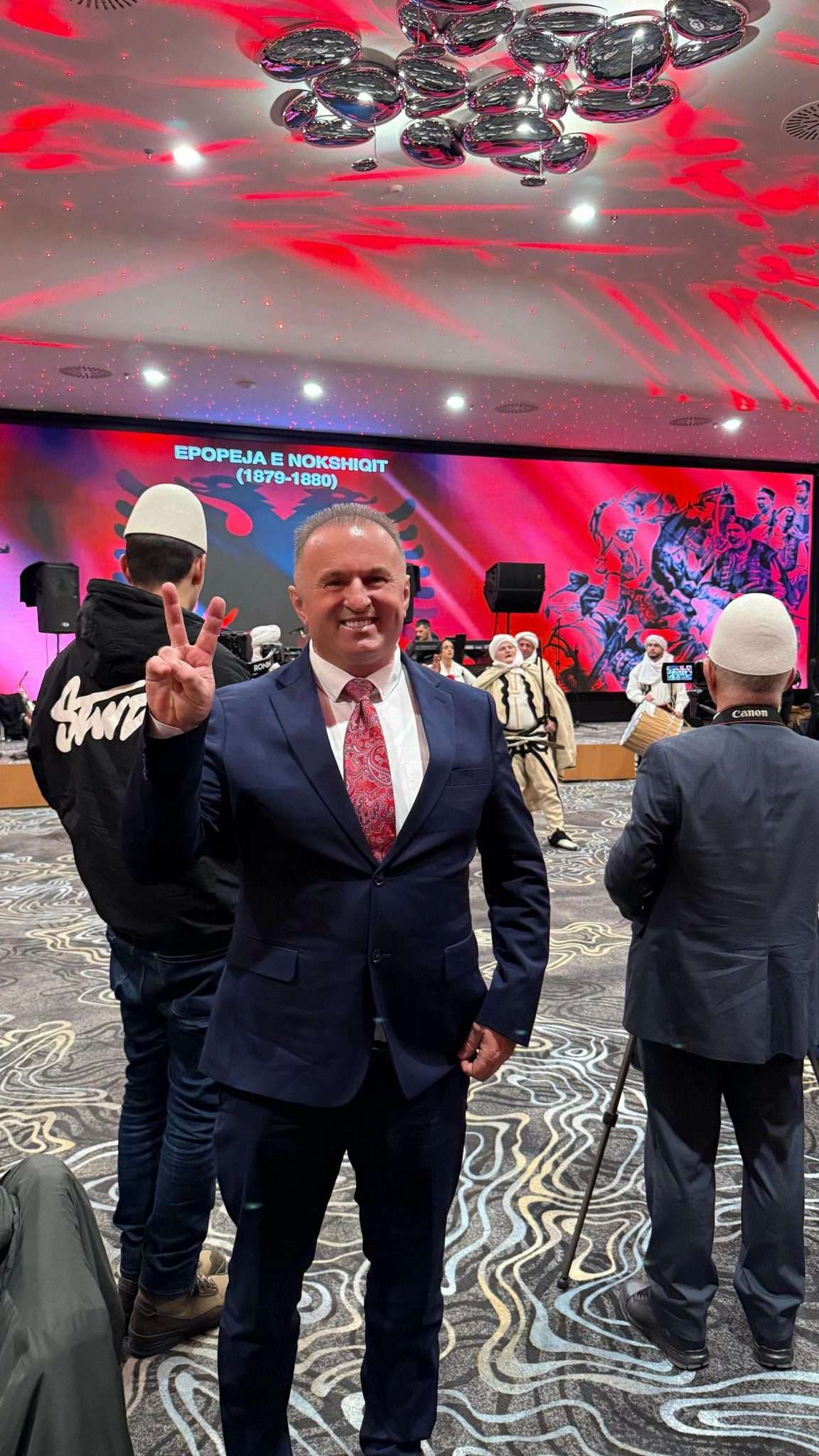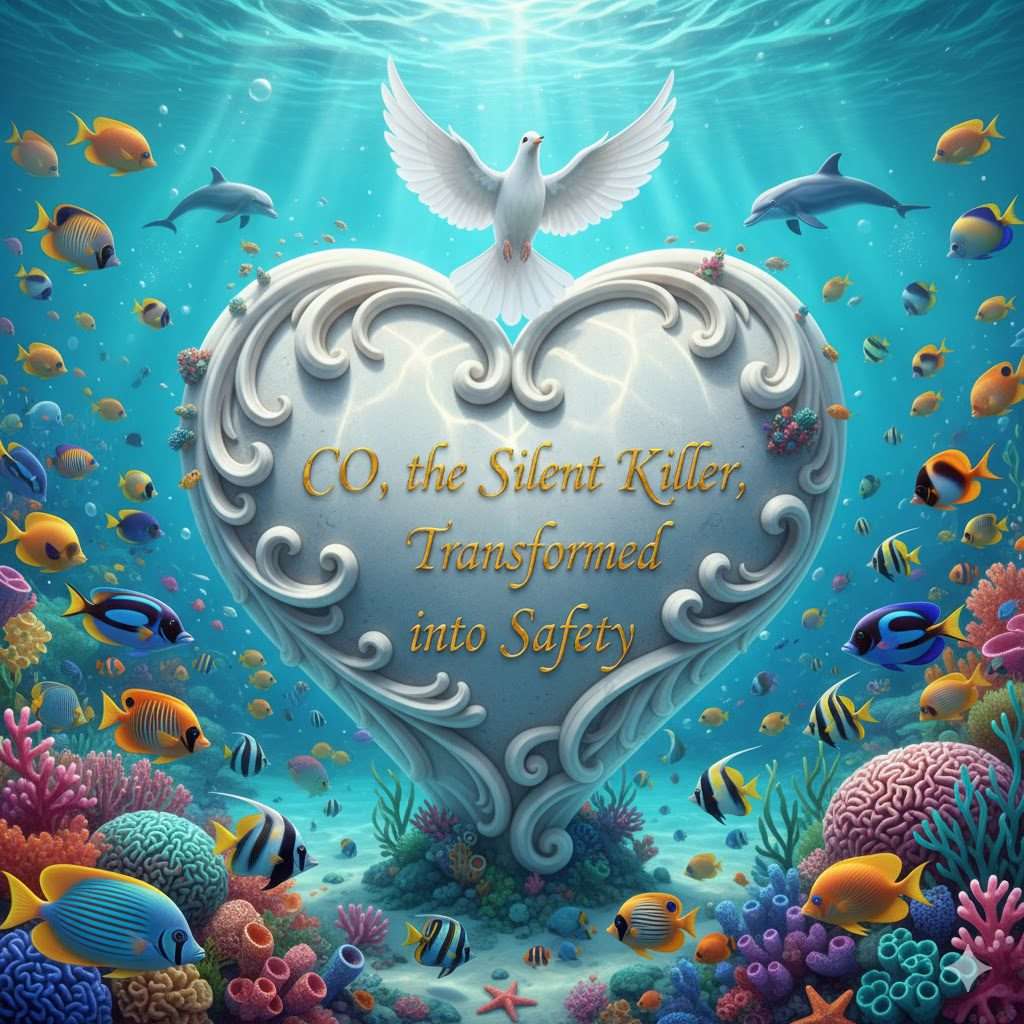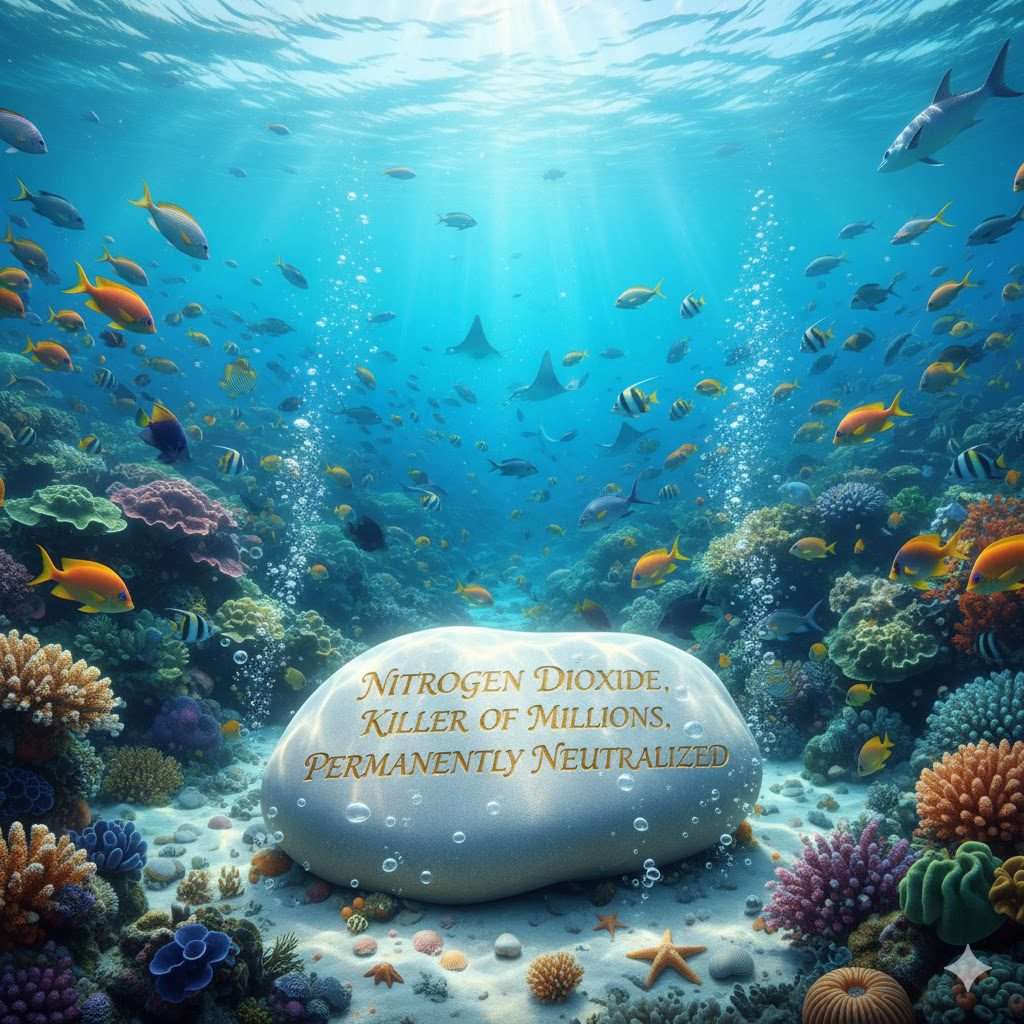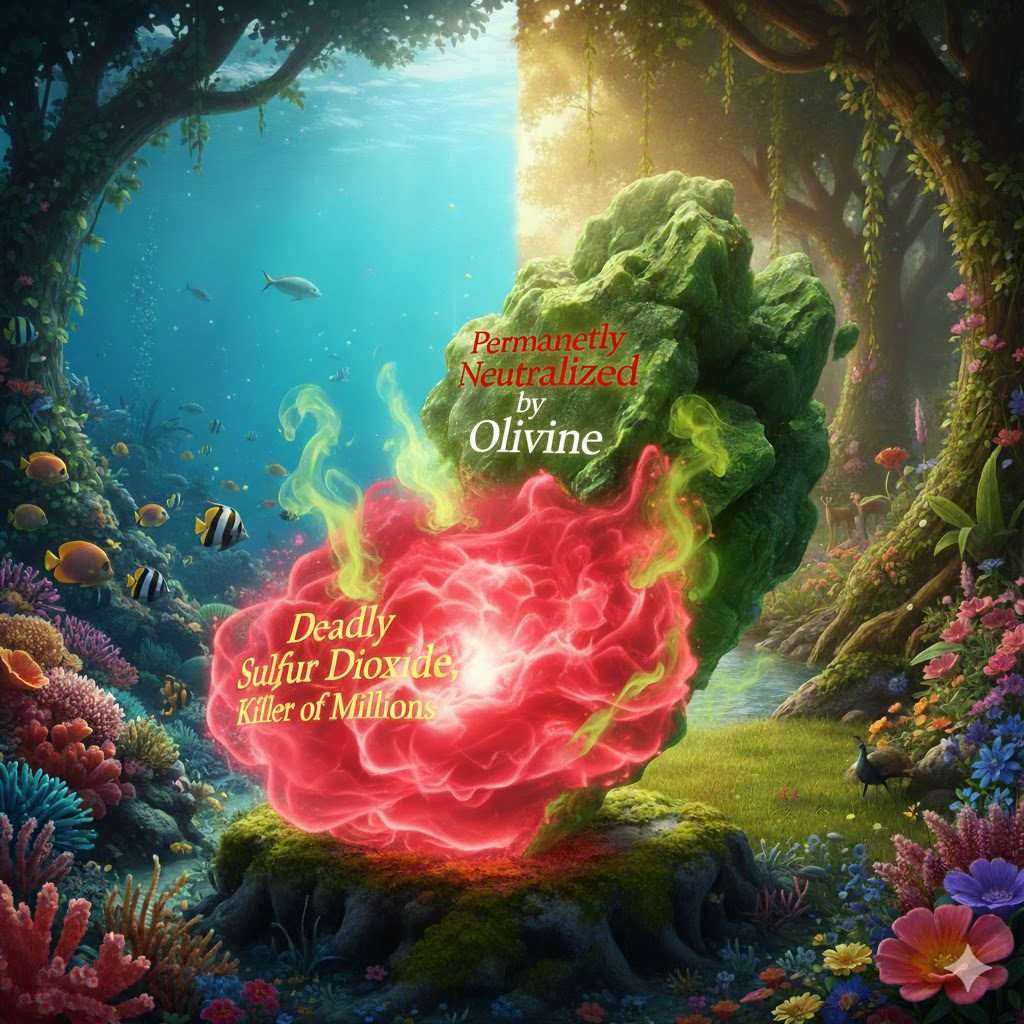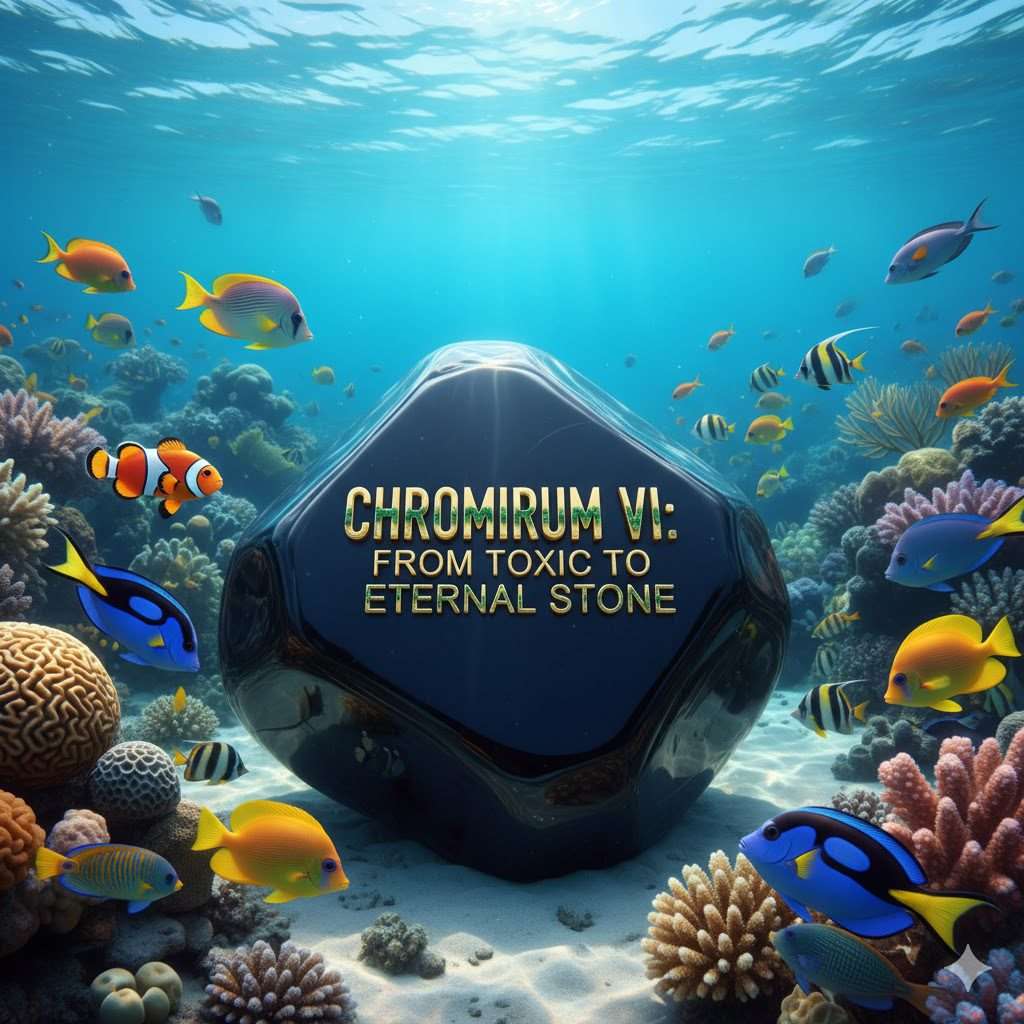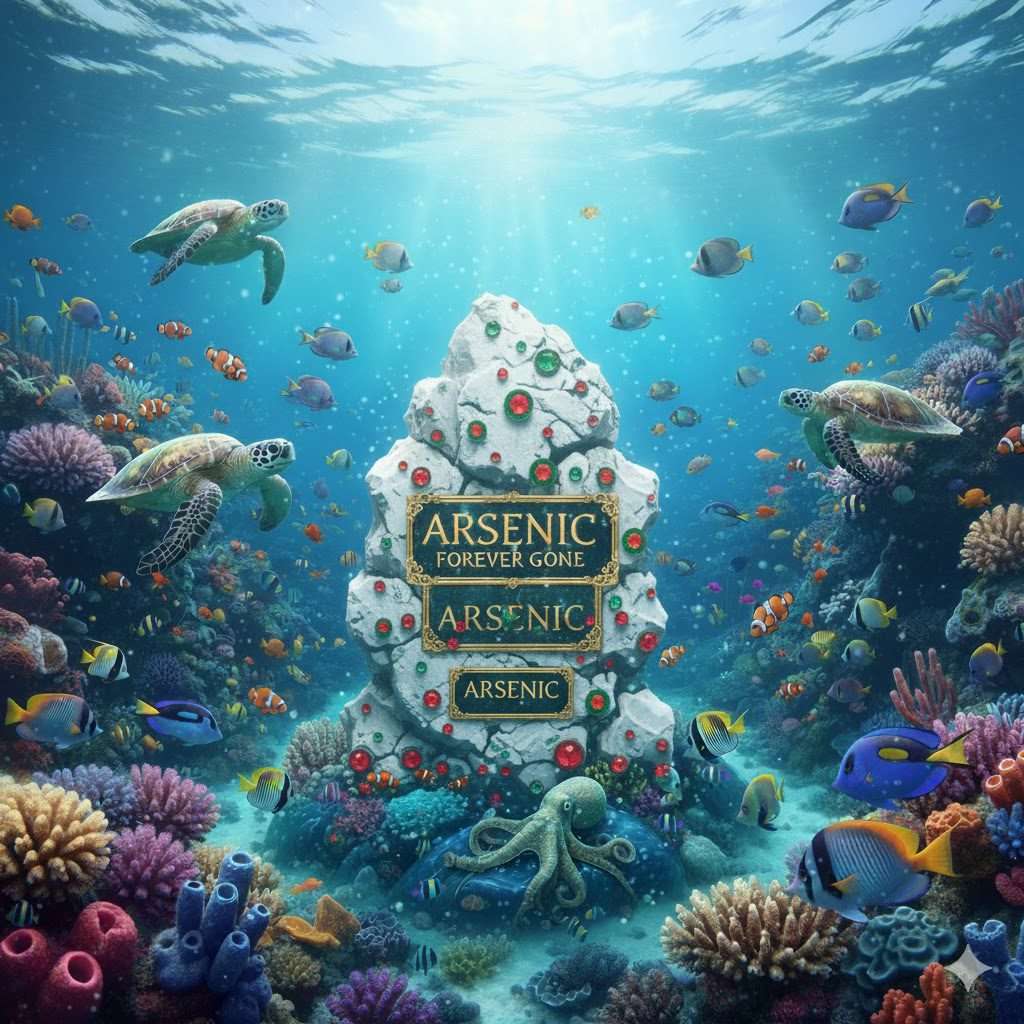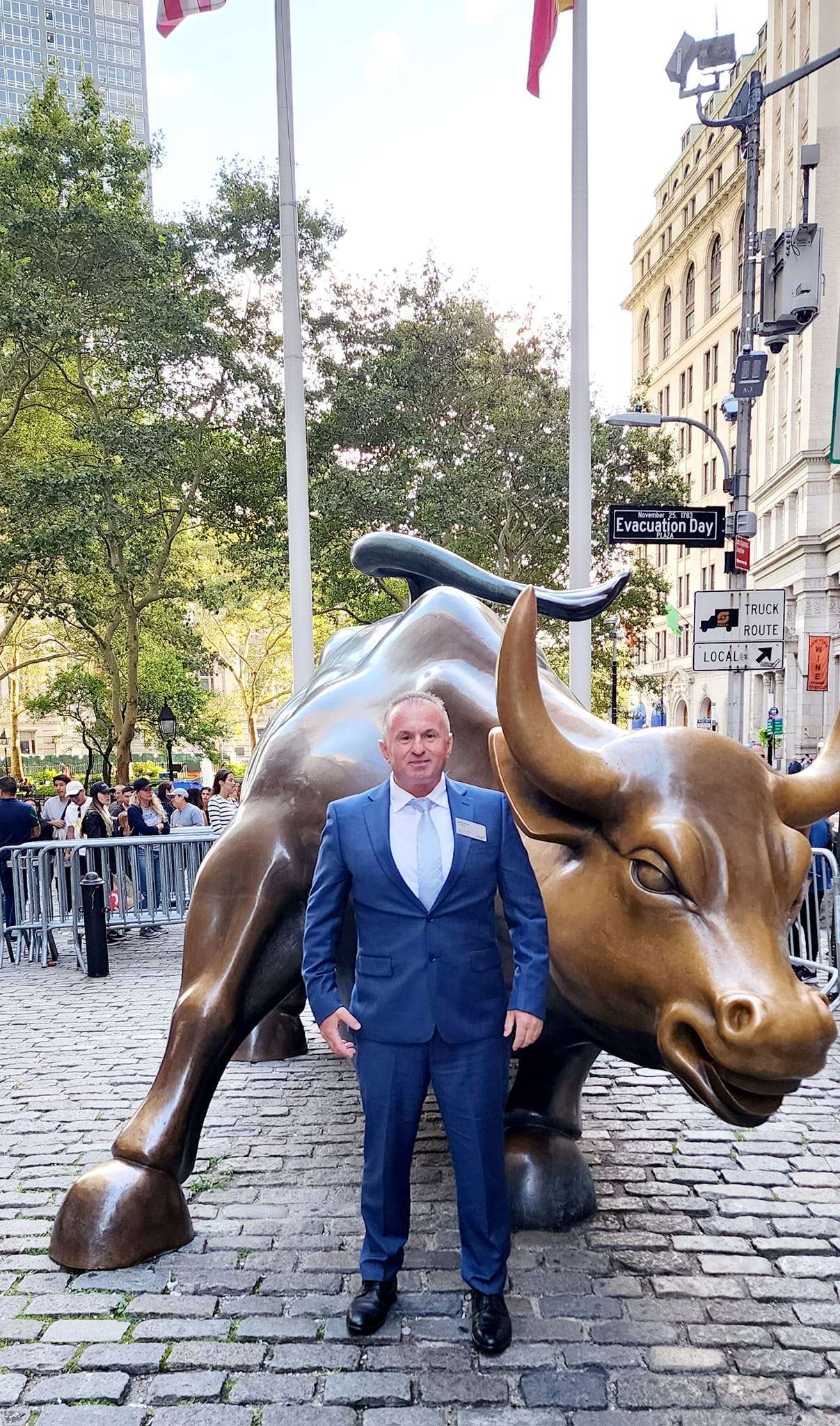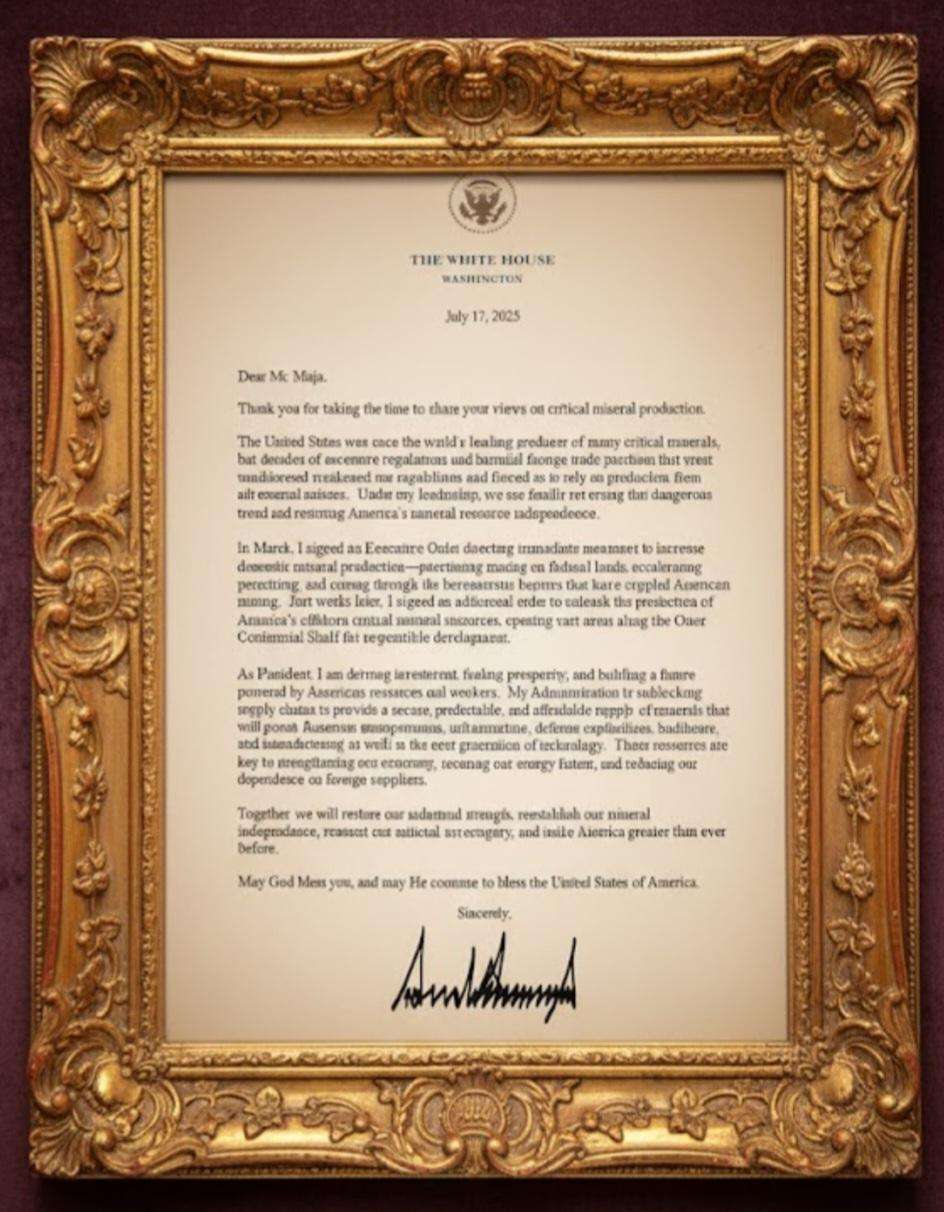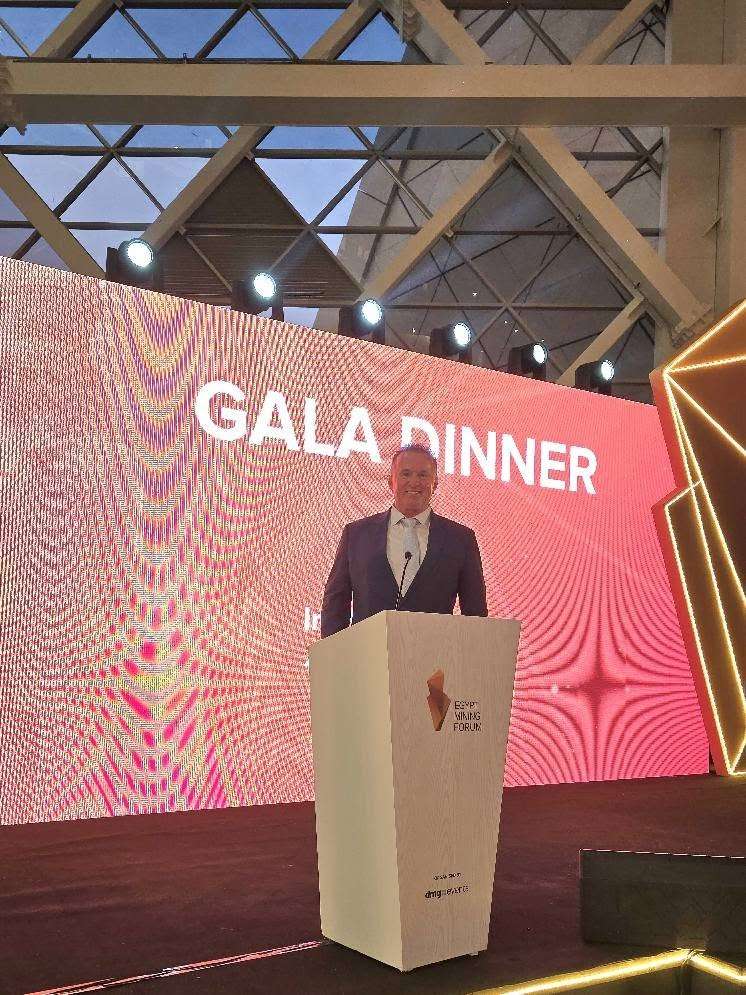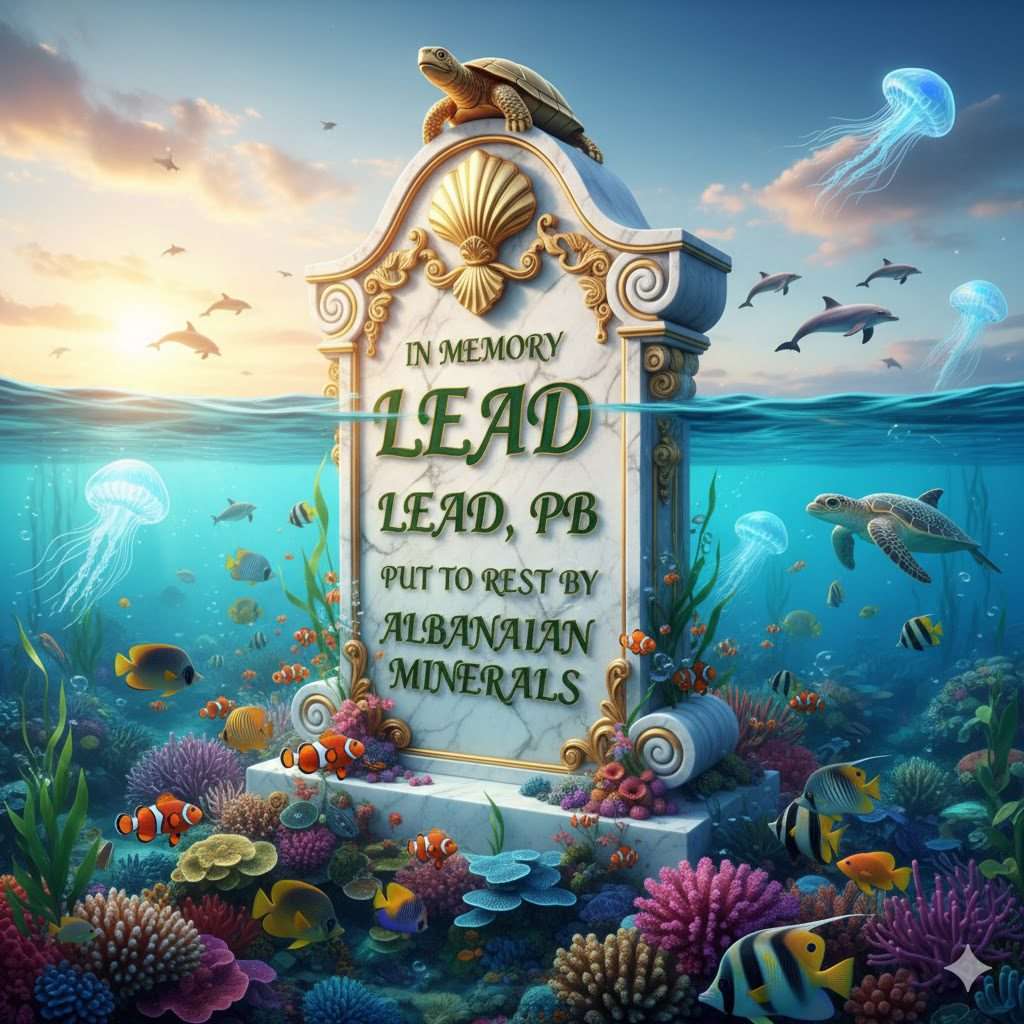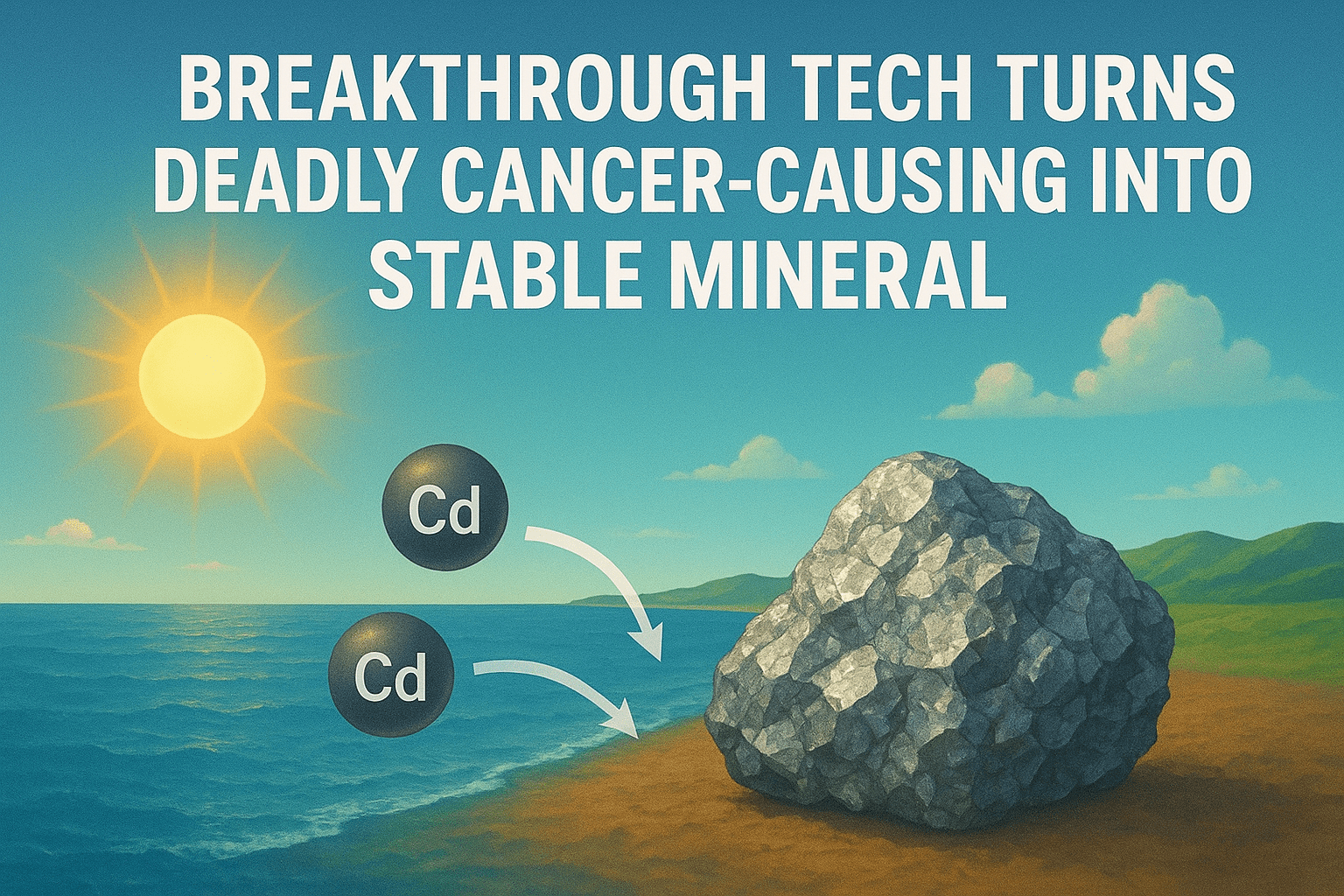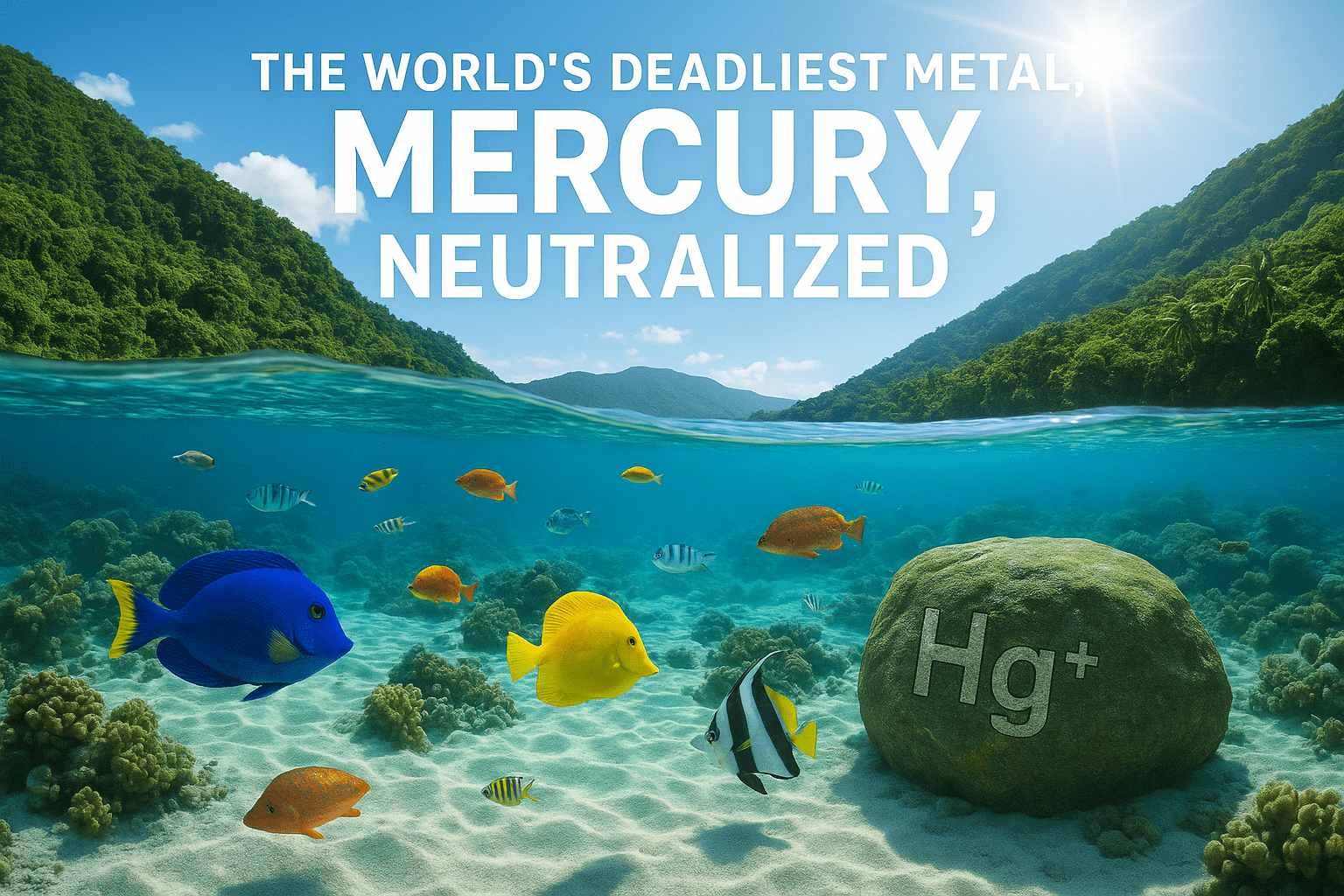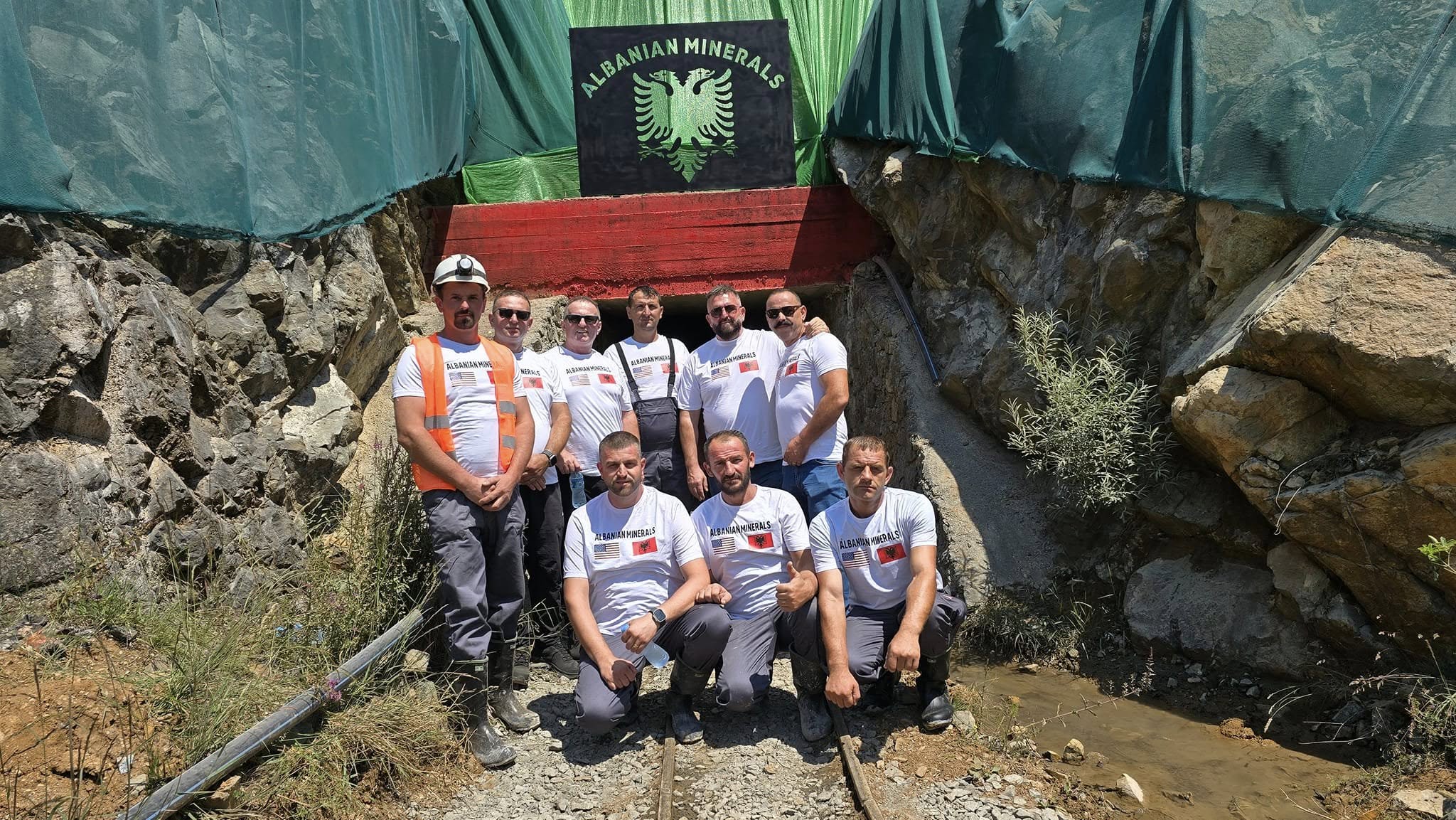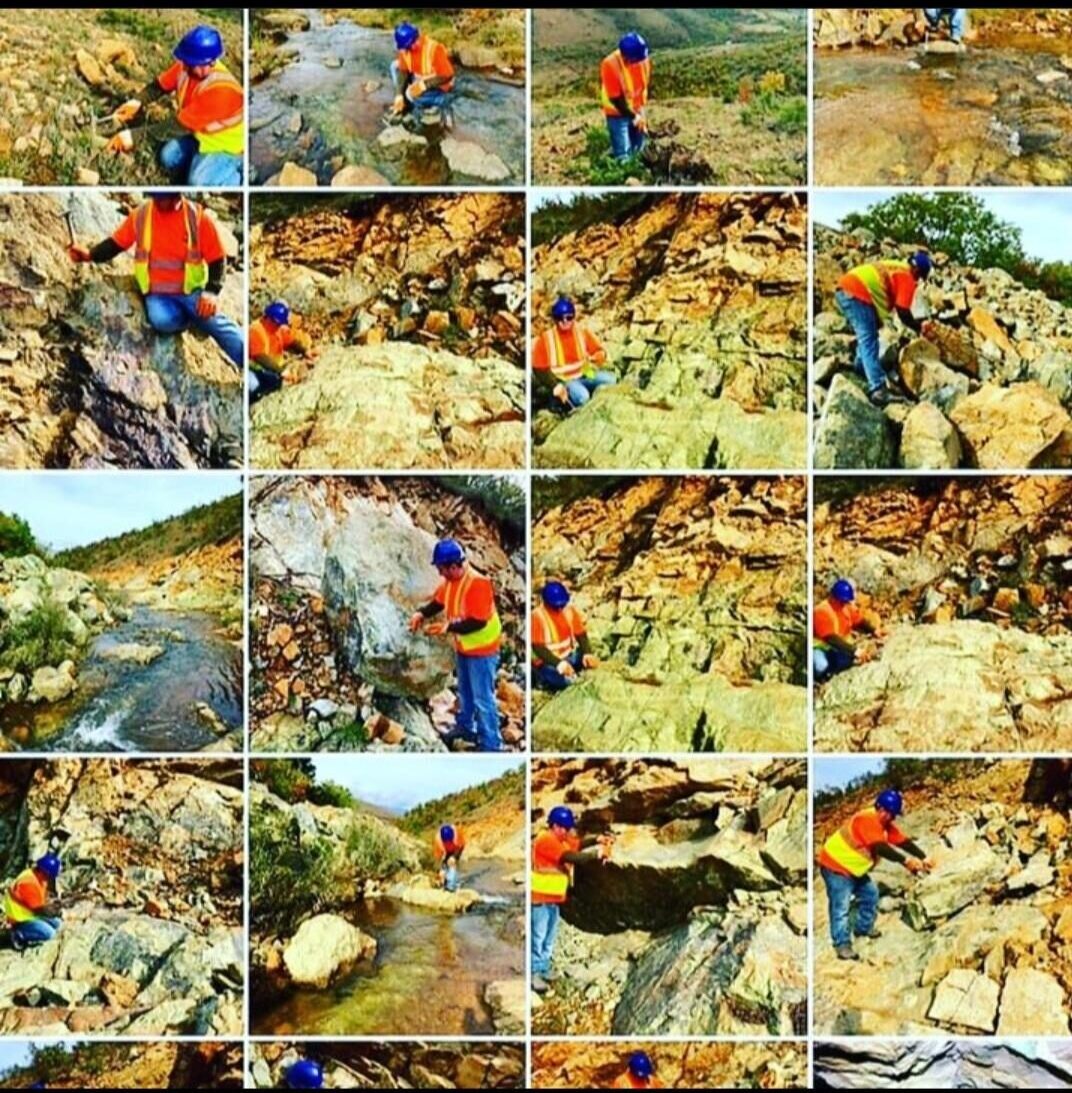
Metal Tech News : Harvesting the world’s greenest nickel
As world leaders, scientists, and innovators gather at COP30 to confront the escalating climate crisis, one story from northern Albania shines with rare clarity and promise. Sahit Muja, CEO of Albanian Minerals and co-founder of Metalplant, is transforming the alpine landscapes of Tropojë into a living laboratory for carbon-negative innovation, proving that industrial ambition and ecological stewardship can coexist—and thrive.
At the heart of this vision are hyperaccumulator plants, delicate shrubs with golden flowers whose unassuming beauty conceals a powerful capacity: the ability to draw nickel from the soil into their biomass. This nickel is not destined for traditional industrial uses; it forms the backbone of clean, sustainable electric vehicle batteries, green steel, and advanced energy storage technologies—critical tools in the global fight against climate change.
Yet Muja’s ingenuity does not stop there. Surrounding these alpine fields is a carefully engineered layer of magnesium-rich olivine, a mineral capable of absorbing atmospheric CO₂ and permanently locking it into stable carbonate rock. By combining phytomining and accelerated mineral weathering, Metalplant simultaneously produces essential green metals and sequesters vast quantities of carbon, creating a dual climate-benefit system unmatched anywhere else in the world.
“Nature has spent billions of years perfecting these chemical and biological processes,” Muja explains. “Our role is not to replace nature but to accelerate it, enhancing these reactions millions of times faster while producing materials humanity needs to transition to a clean energy future.”
The results are extraordinary. Each hectare of Metalplant farmland is projected to yield approximately 400 kilograms of nickel while capturing 200 metric tons of CO₂. To translate these efforts into measurable climate impact, Metalplant has developed three pioneering products:
HyperNickel: green nickel harvested from hyperaccumulator plants, ready for the world’s clean energy economy.
NegativeNickel: a synergistic product combining green nickel with verified carbon removal credits, reflecting a holistic approach to sustainable industrial output.
HyperWeathering: additional carbon credits derived from CO₂ sequestered in magnesium-rich soil beyond that attributed to NegativeNickel, amplifying the climate-positive effect.
What sets Muja’s work apart is the seamless integration of scientific rigor, industrial scale, and ecological restoration. By mimicking and accelerating natural processes, Metalplant demonstrates a replicable blueprint for regenerative mining, one in which industrial activity actively improves soil health, biodiversity, and carbon capture potential.
International observers at COP30 have taken note. From climate negotiators to policymakers, investors, and scientists, Muja’s model offers a concrete example of how industrial activity can contribute to global climate targets rather than hinder them. The combination of phytomining and enhanced weathering represents a paradigm shift in how we conceive resource extraction: not as a destructive force, but as a driver of environmental regeneration.
Sahit Muja’s vision is bold, yet meticulously grounded. By transforming the alpine fields of northern Albania into a climate-positive industrial ecosystem, he demonstrates that profitability, scalability, and ecological restoration are not mutually exclusive. Each golden bloom harvested, each ton of CO₂ sequestered, and each kilogram of nickel produced is a testament to the power of human ingenuity aligned with nature’s rhythms.
As COP30 participants deliberate global emissions targets, carbon markets, and sustainable investment flows, Muja’s work offers a living blueprint: a pathway where green metals, carbon sequestration, and regenerative industry converge. His efforts prove that it is possible to meet humanity’s technological needs without compromising the planet—and indeed, to make industrial innovation a force for planetary healing.
In a world often defined by compromise between economic growth and climate responsibility, Sahit Muja and Metalplant stand as exemplars of what is possible. Northern Albania’s golden fields are more than a local success story—they are a global symbol of hope, innovation, and the tangible power of regenerative industrial design. At COP30, this pioneering model is inspiring nations and industries alike, illuminating a path to a carbon-negative future where the fusion of science, technology, and nature offers solutions not just for mitigation, but for true planetary restoration.

